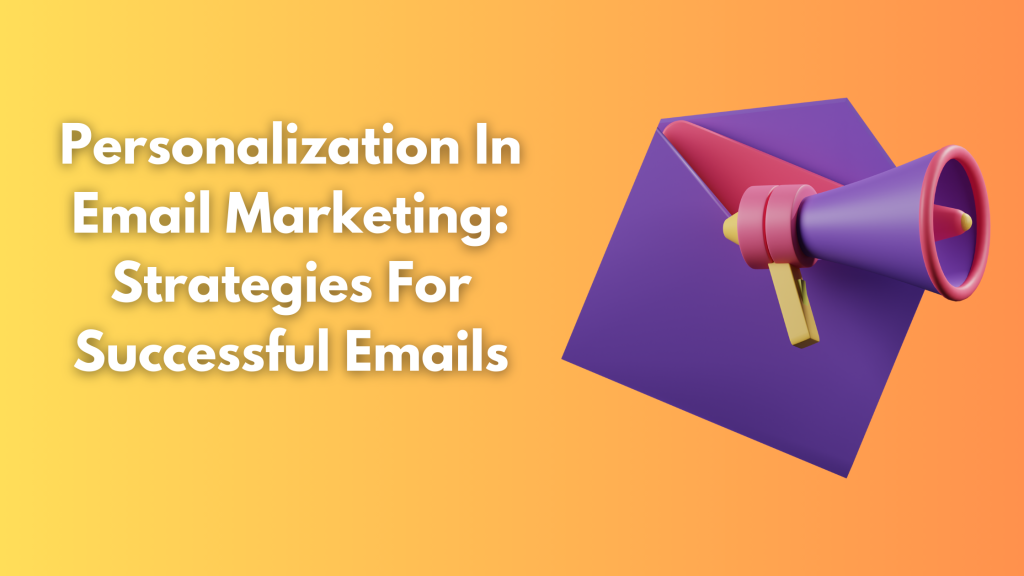
Customers receive more than 120 promotional emails in a day, and the competition for attention and engagement is too high. However, customers open only a few emails that they find relevant and entertaining. Customers expect more personalized content from brands.
Using personalization in email marketing is a very great way to attract customers’ attention and increase the open rate of emails. In this article, we’ll learn what personalized email is and its importance. Also, what are email personalization techniques, and how do you gather data for customized email marketing.
What is a personalized email?
Personalization in email marketing is the process of targeting an email campaign to a specific segment of the audience or subscribers based on the data and information you have collected about them, The data could be related to name, birthday, location, last purchase, time spend, items searched for, etc. Basic email personalization is simply using the subscriber’s name in the subject line, On the other hand, advanced email personalization is about changing the content of the email based on the subscriber’s interest, demographic, location, etc.
The main elements of a personalized email are relevancy, frequency, and humanize content. Customer’s inboxes are full of messages, their attention is attracted only to relevant content. In case your content is not relevant, it will land in the trash section. Another important factor for personalization is the timing of the email. You need to send emails at important times in the customer journey depending on which stage they are. And, thirdly try to humanize your content. Customers trust those messages that they feel are sent by another person and not by a company or a machine.
The importance of personalized email marketing is increasing conversion rate, high ROI, enhanced open rate, better click-through rate, high quality of leads, increased site traffic, boosted engagement, enhanced customer relationship, and cost-effectiveness.
Techniques To Create Personalized Emails
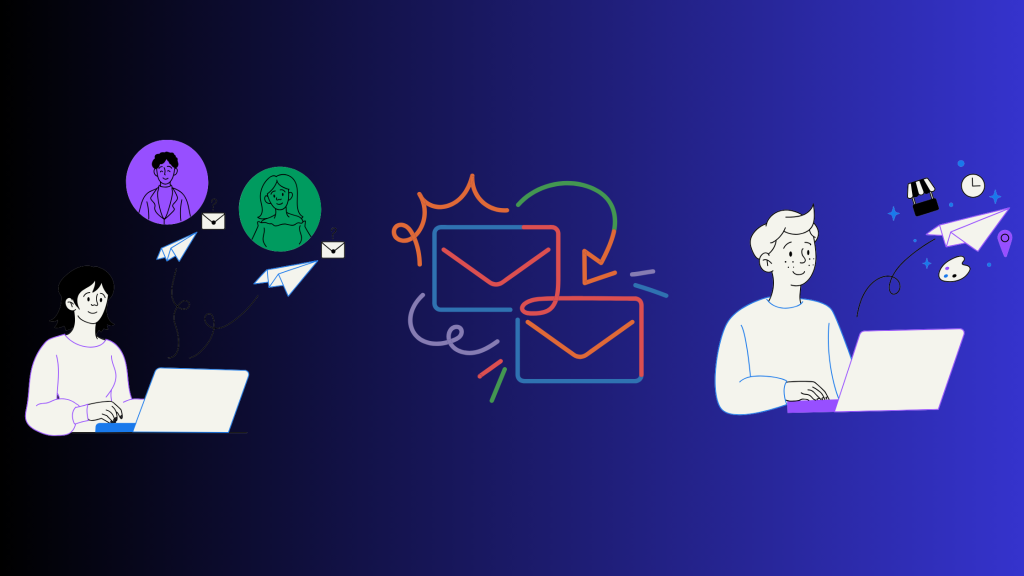
Here are some of the techniques and strategies that can enhance your email personalization,
- Segmentation: Segment your audience and subscribers into different segments based on their purchasing behavior, location, products shopped for, etc. Create content that resonates with each category. According to a study, there are 57% increase in click-through rate because of segmentation, a/b testing, and dynamic content.
- Automation: Automation helps in segmenting your customers based on their actions taken on the website. The best form of automation email is a cart abandonment email. If you own an e-commerce company you must target customers who have left products in their cart and didn’t complete the purchasing process. Cart abandonment emails are automation that allows brands to send emails to those individuals who have shown interest in your product but didn’t complete the checkout process. Such emails aim to remind the customers about the products lying in their carts You can simply send a reminder to them or send a coupon or an offer to motivate them to complete the customer journey..
- Content: Even if you email templates, you can personalize the content of the email for that particular segment of the audience. You can personalize the ‘From” name, and subject line, add the name of the person in the email copy, experiment with different images, etc. You can also create dynamic and interactive content as well.
- Important Events: To build better relationships with customers you must remember their birthday, anniversary, the day they subscribed to you, etc. You can send various offers and coupons to these customers to make them feel valued. It also helps in re-engaging with your customers.
- Recommendations: Email personalization aims to increase sales and profit. You can do so by sending recommending products to users based on their past purchases from the website. You can send automated emails to customers who made particular purchases to show them what others were looking for.
- Personalize sender information: Personalize the sender’s information to attract users’ attention because it helps in standing out from the crowd and establishing your unique identity. The sender’s information includes the email ID used for sending email. Personalizing the information leaves an impression that they are interacting with real humans. Also, it provides an opportunity for customers to interact with or ask questions, as it gives them access to a company employee.
- Re-engagement: Re-engagement emails allow you to send emails to customers who have not taken any action on your website or interacted with you for a while. For example, someone purchased from you six months ago and never interacted with you after that. You can send re-engagement emails to them.
- Data: Personalized emails are not possible if you don’t have sufficient data with you. There are various ways to collect data from your customers however be careful regarding the type of information you are seeking. Don’t ask for personal information. Also, you can use various analytical tools to track user behavior and preferences.
- Brand Identity: Create content that aligns well with your brand so that it becomes memorable. It helps in recognizing your brand. You can create your unique brand identity and voice through the content. This also creates a personalized experience for the users. Also, consider what your customers expect from you and create content that caters to the audience’s needs at the same time maintaining the brand’s identity.
How to gather data for personalized email marketing
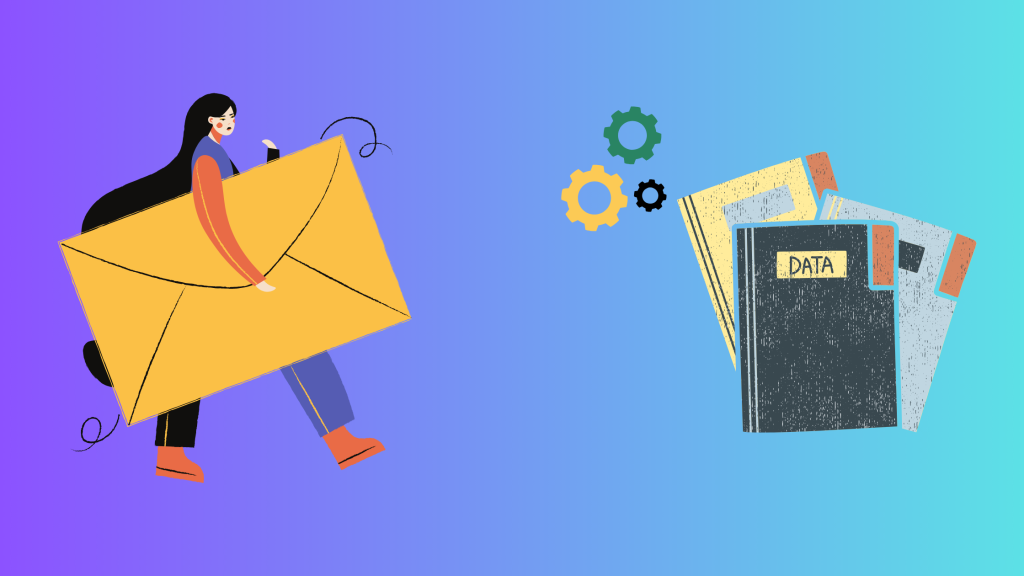
To personalize your email campaigns, you must have sufficient data and information with you related to your customers. The data helps in better segmentation of the customers to create more targeted campaigns. If you’re a Lumia 360 client, then we will collect and store the subscriber’s first name, email, and last name. Here are some of the other ways to collect data
- Forms: You can add extra fields to your email subscription email to obtain more information from the customer. Topshop created a form that captured the subscriber’s name, email address, date of birth, work status, location, etc.
- Integrations: You can send email campaigns to your customers and integrate your email marketing tool with your CRM to obtain more additional information about your customers.
- Website Behaviour Tracking: You can track the browser activity on your website and e-commerce website. This helps in collecting more data based on the behavior of your customers such as their interests and preferences. You can also use third-party apps to integrate with Google Analytics to obtain data related to clicks, website visits, etc.
- Third-party apps: API helps in integrating your email platform with third-party software so that you can create effective segmentation based on the data.
- Physically filling out a form: You can ask the customer to fill out a form while they visit your store or make a purchase.
Personalized emails make your customers feel special and valued. It helps in building better relationships with your customers. Effective email personalized marketing is more effective than standard emails. Also, customers’ demand keep increasing with time, personalized emails help in fulfilling these expectations. It also enhances your ROI and engagement.
Read Also: Email Marketing Automation for Customer Retention
Read Also: How To Create An Efficient CTA



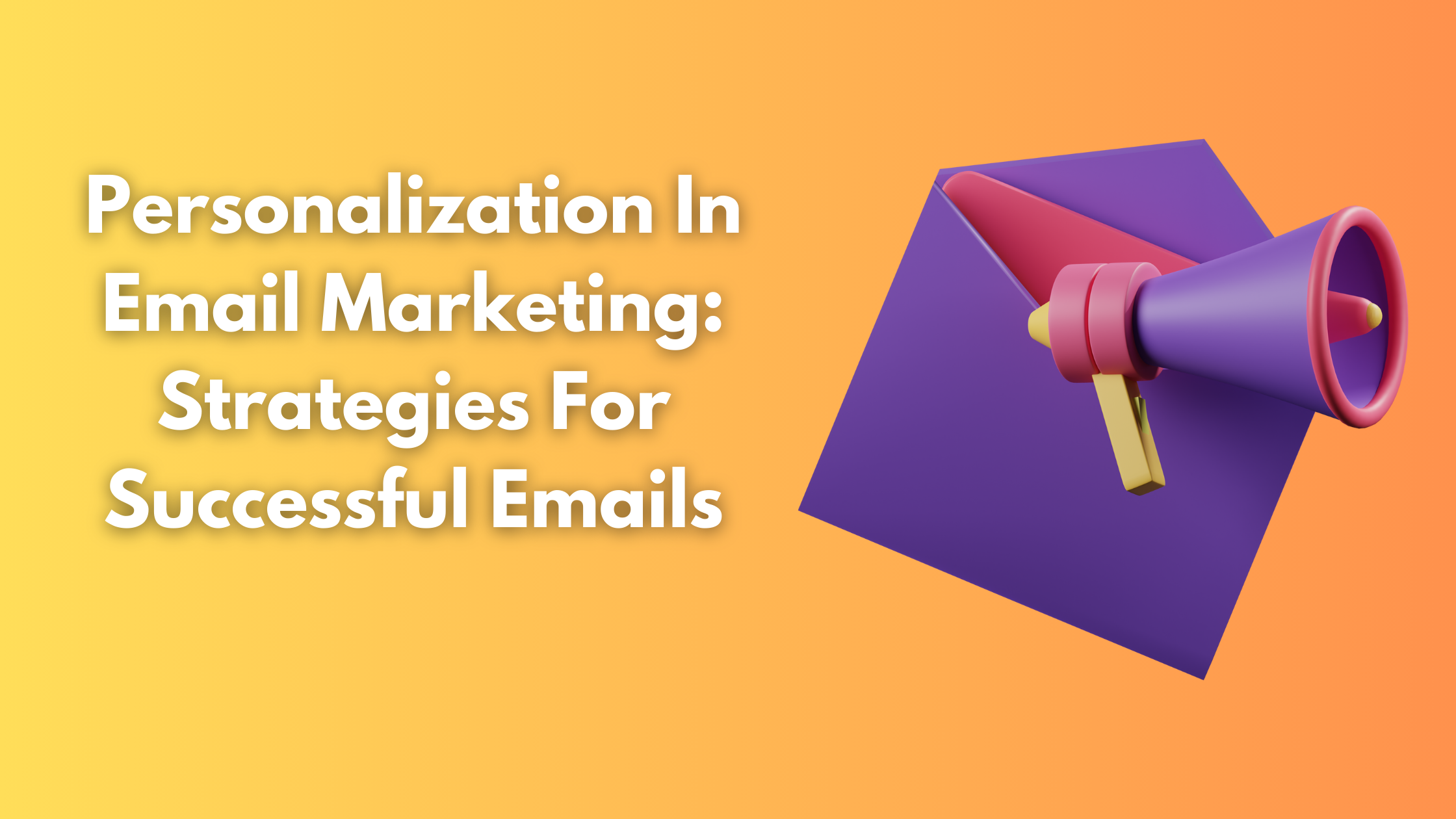
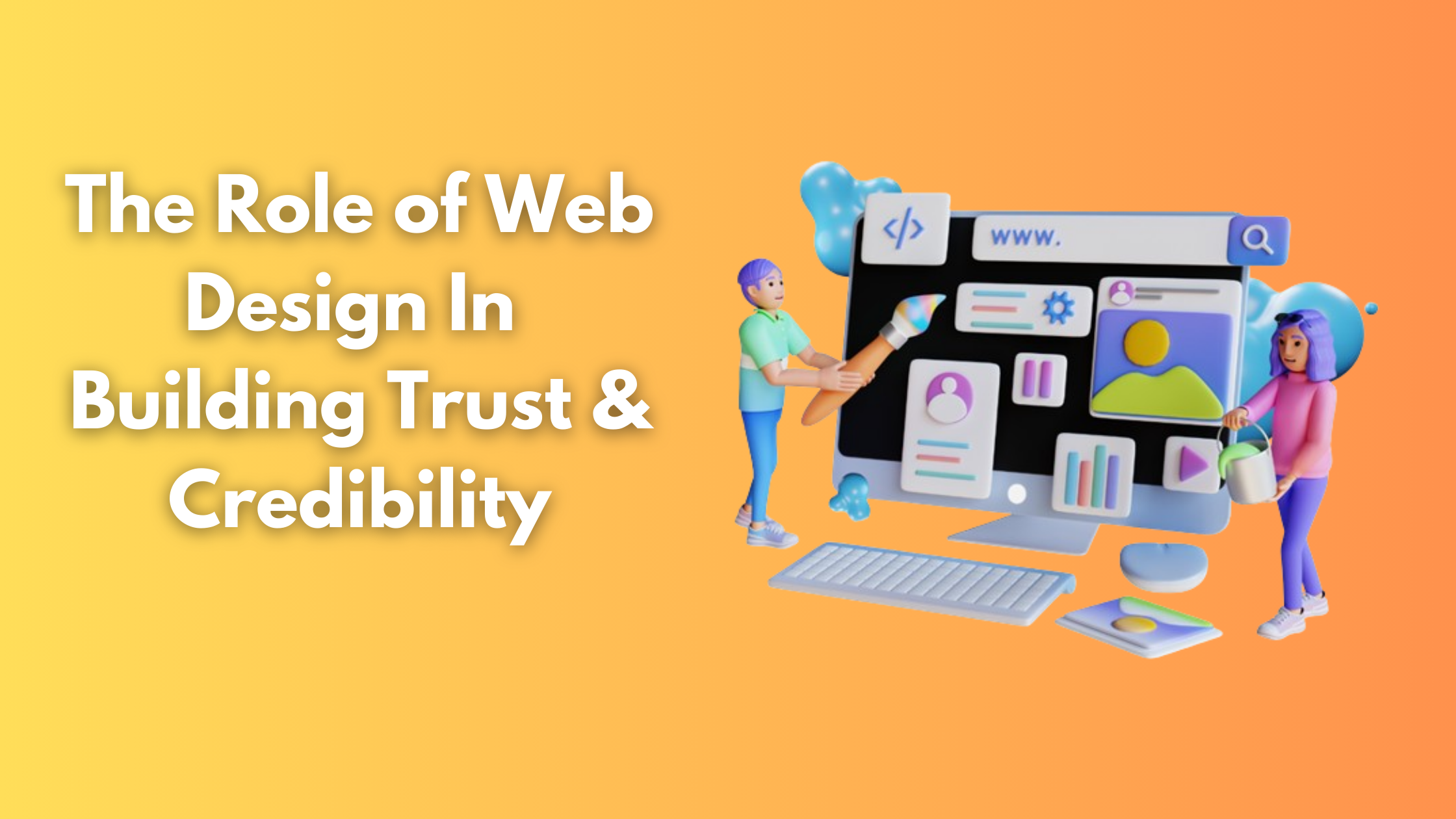
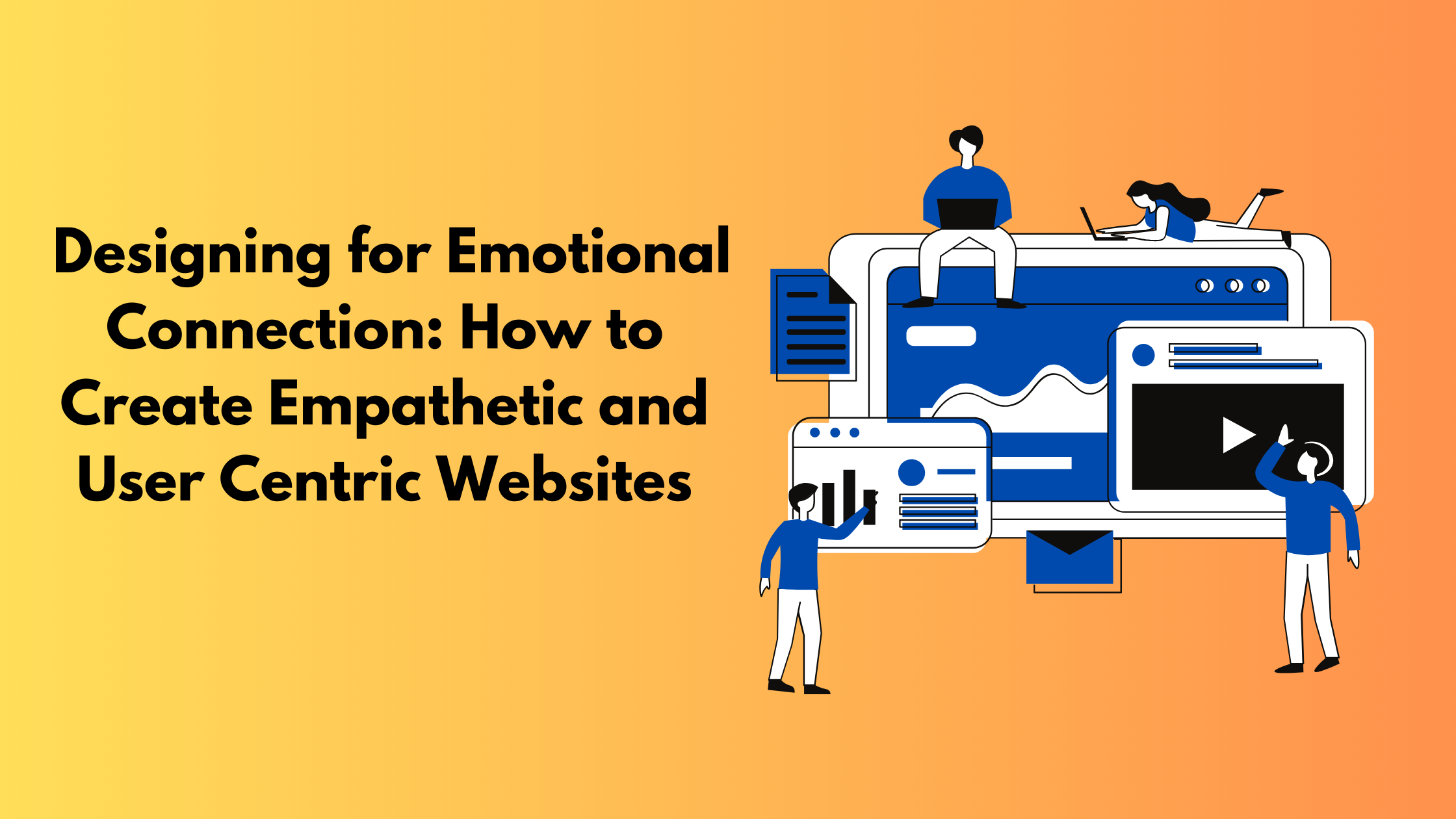
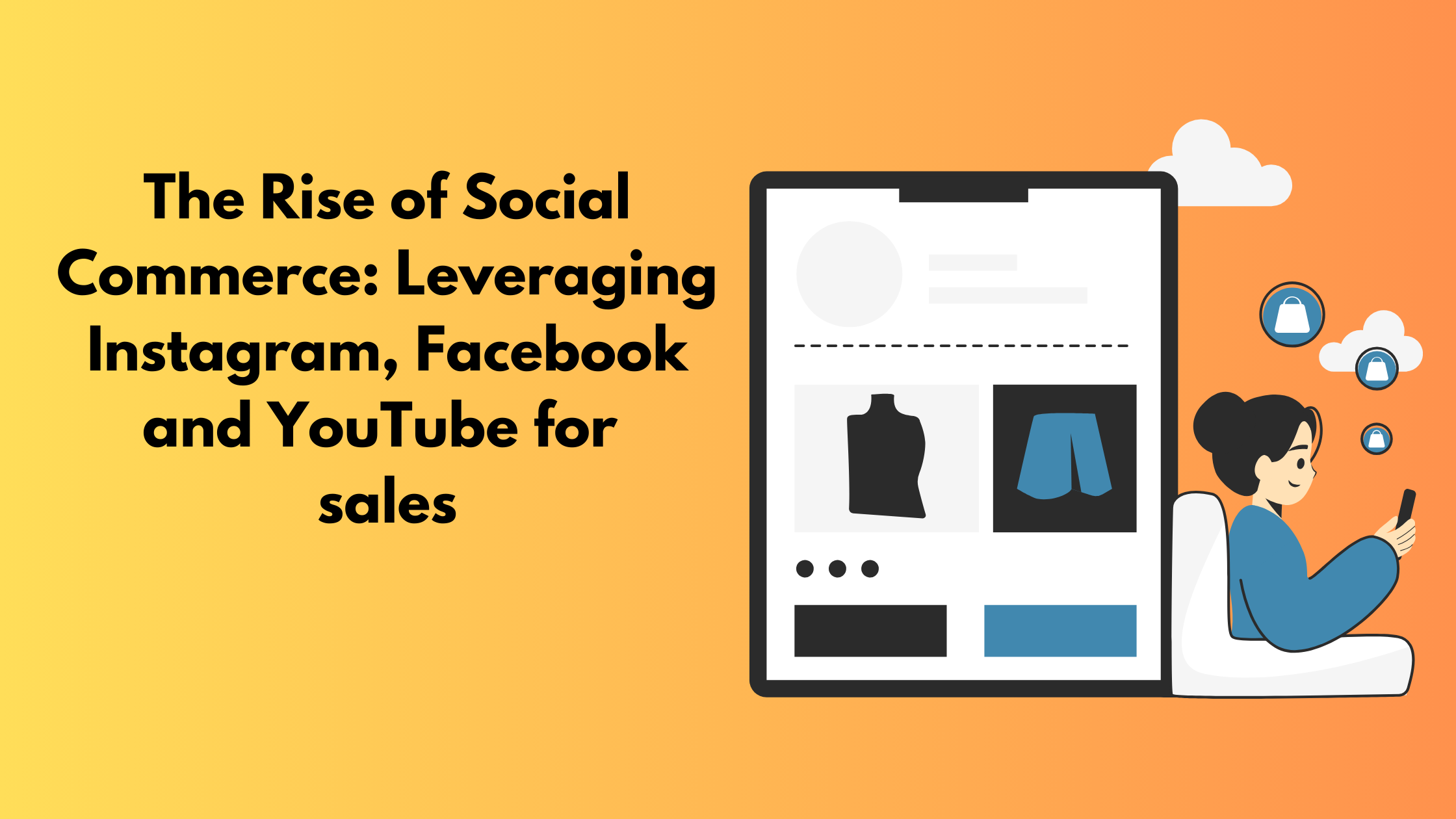

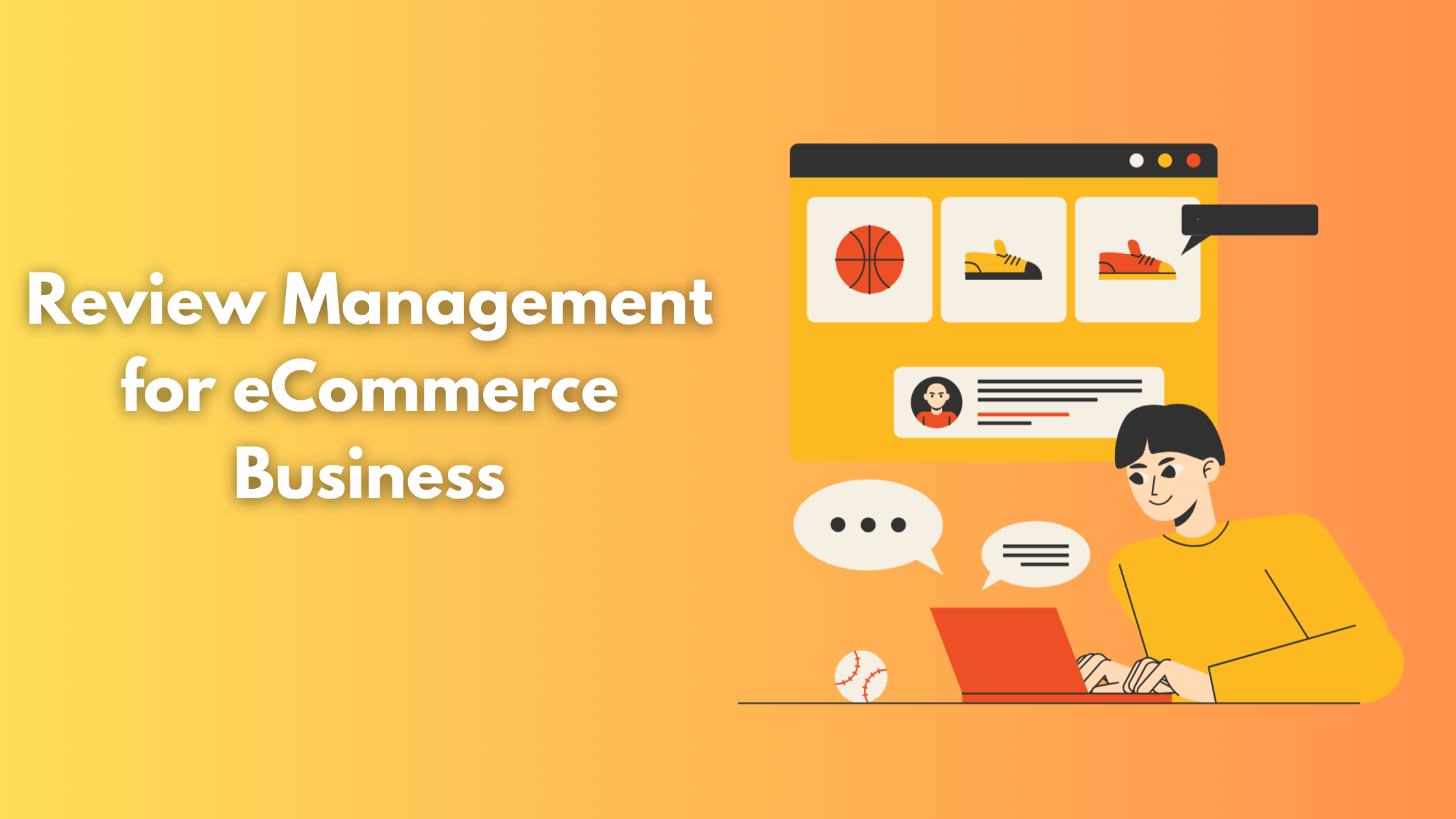


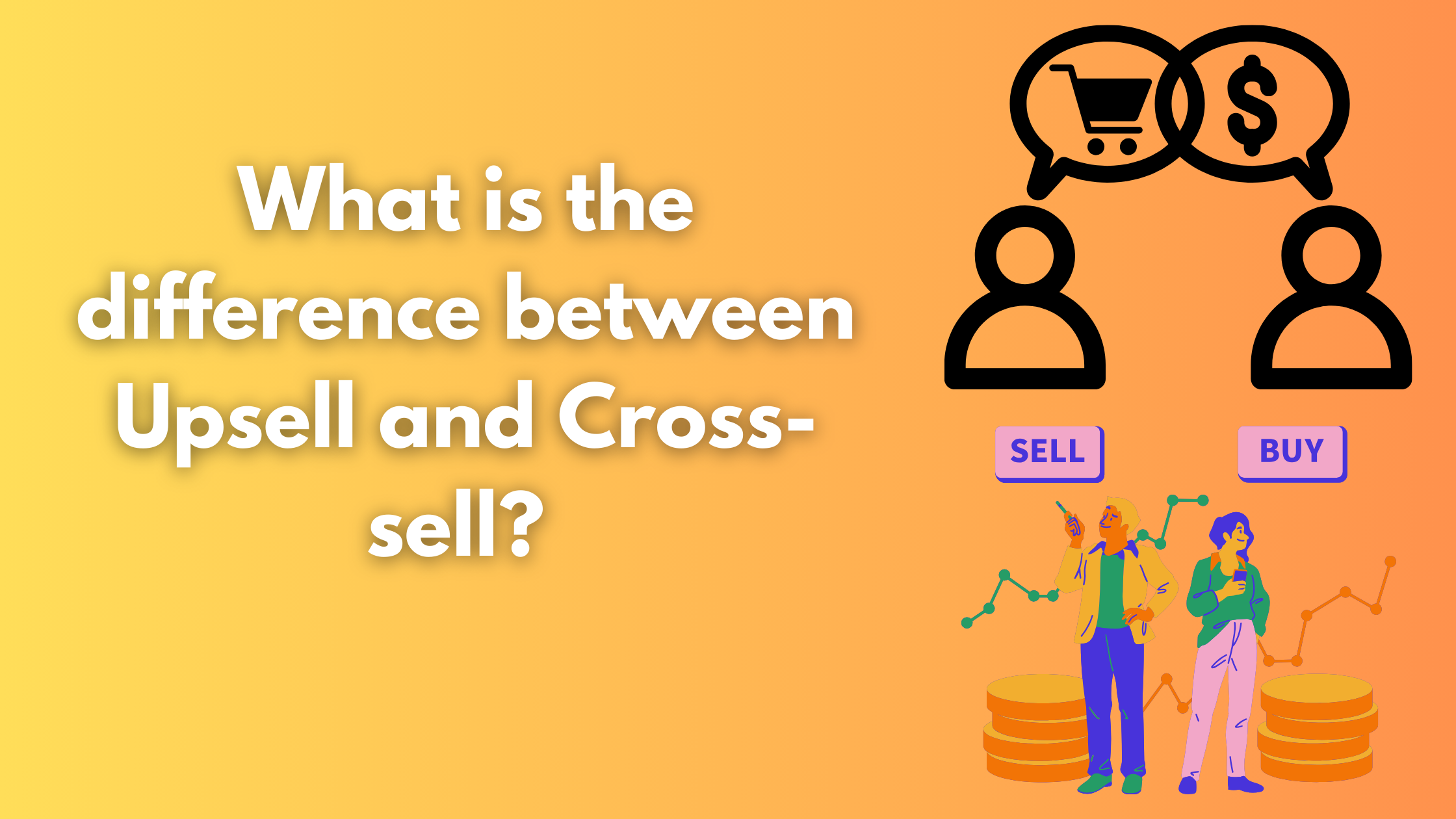
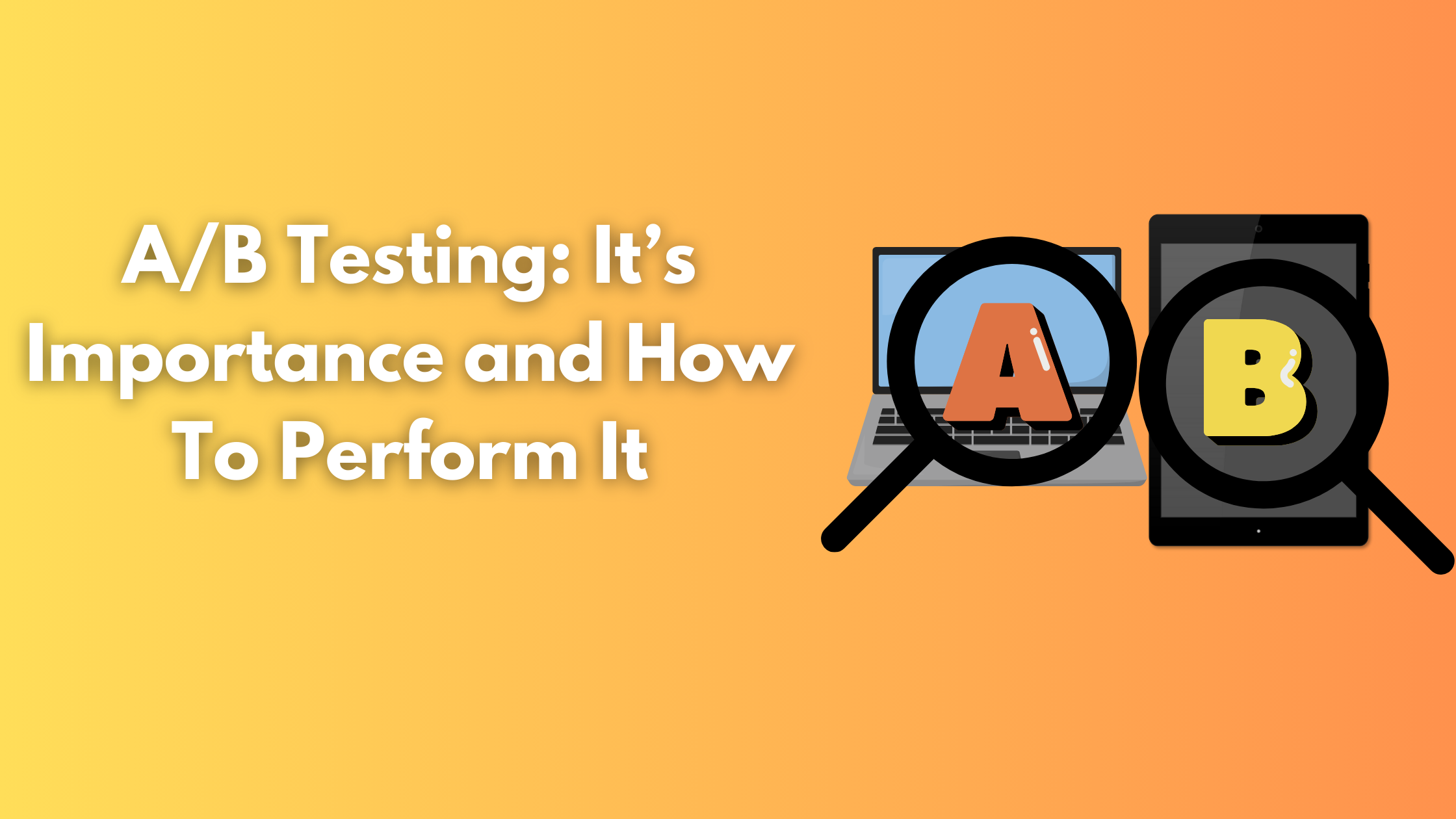
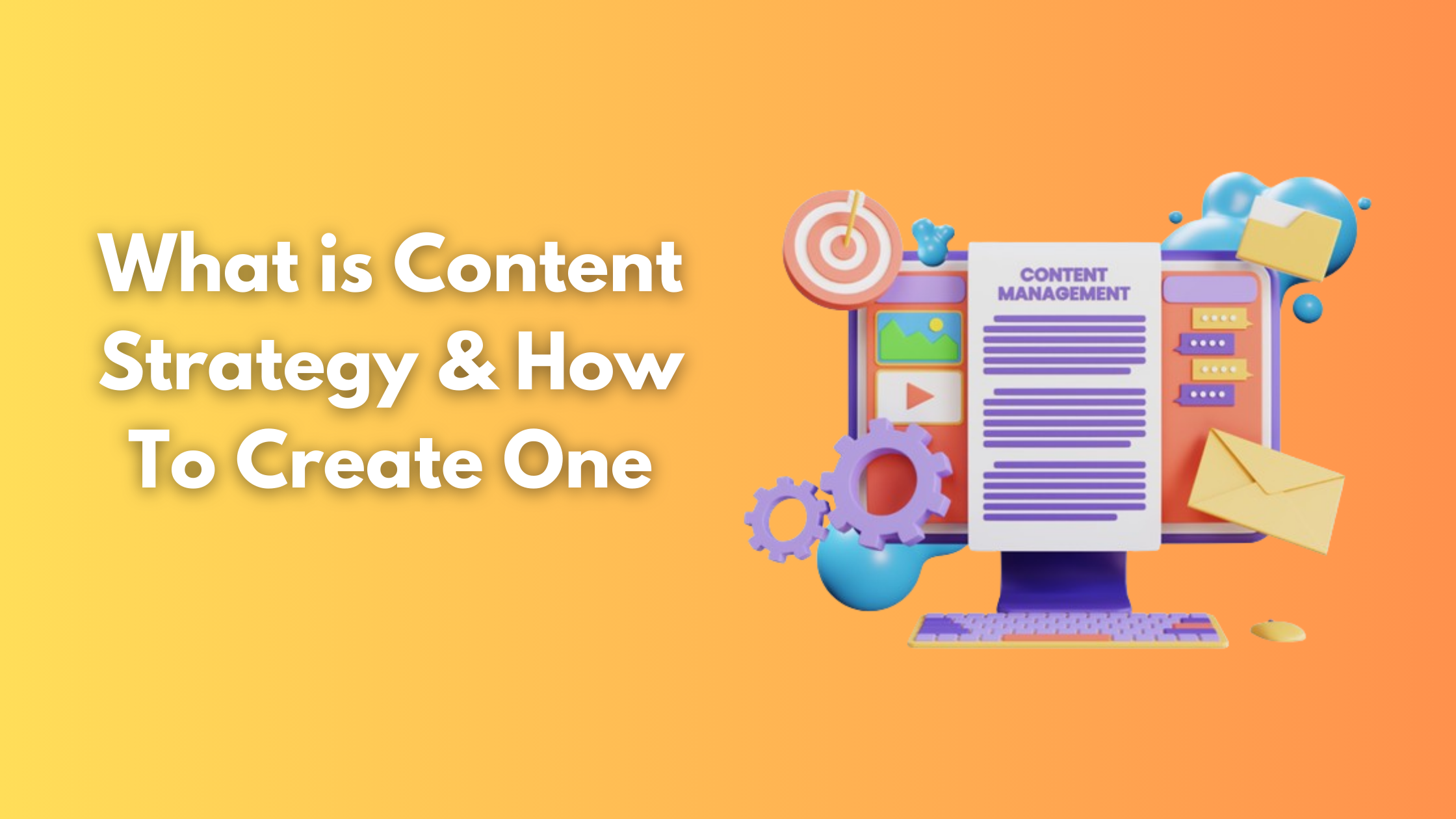
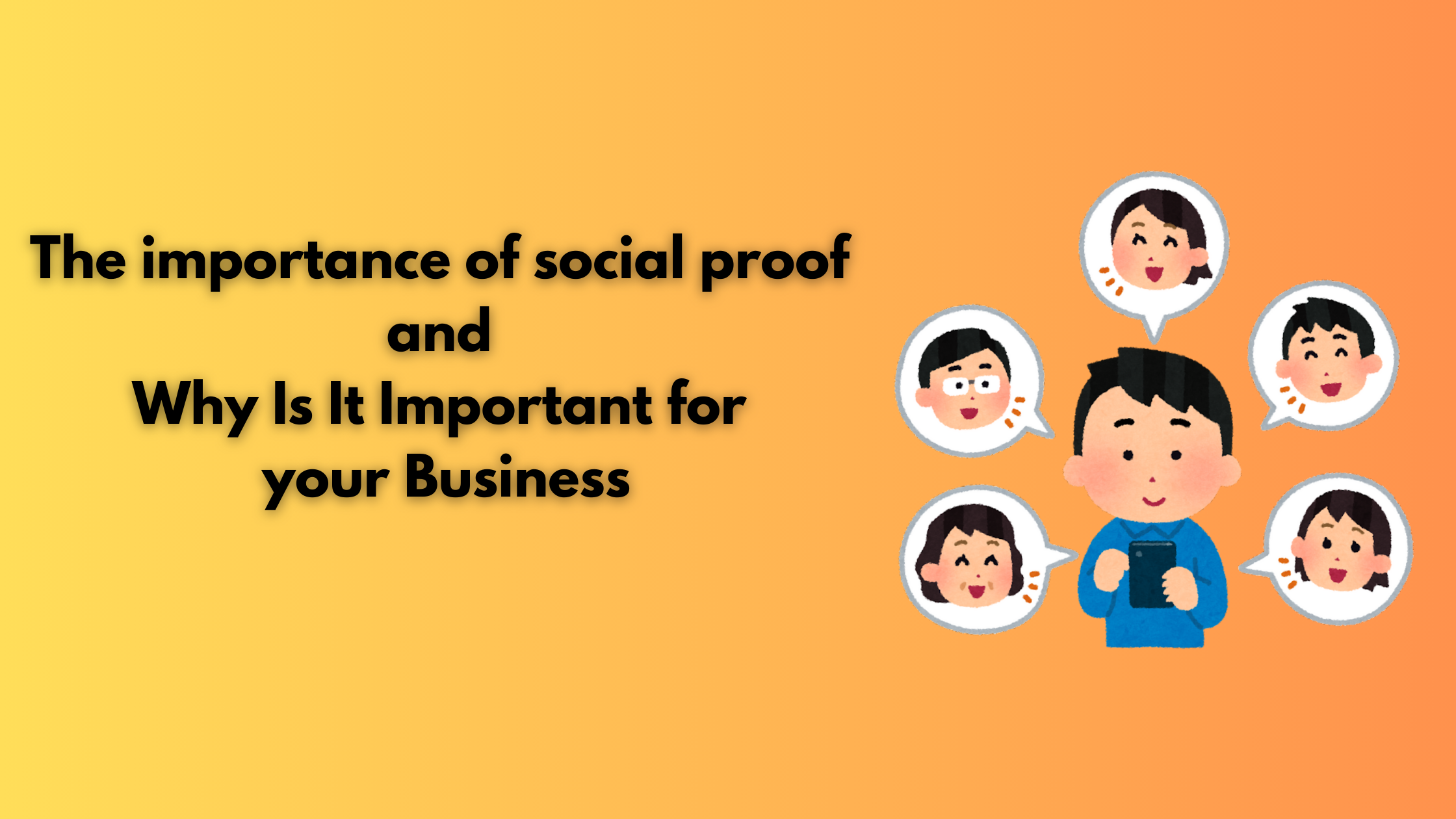
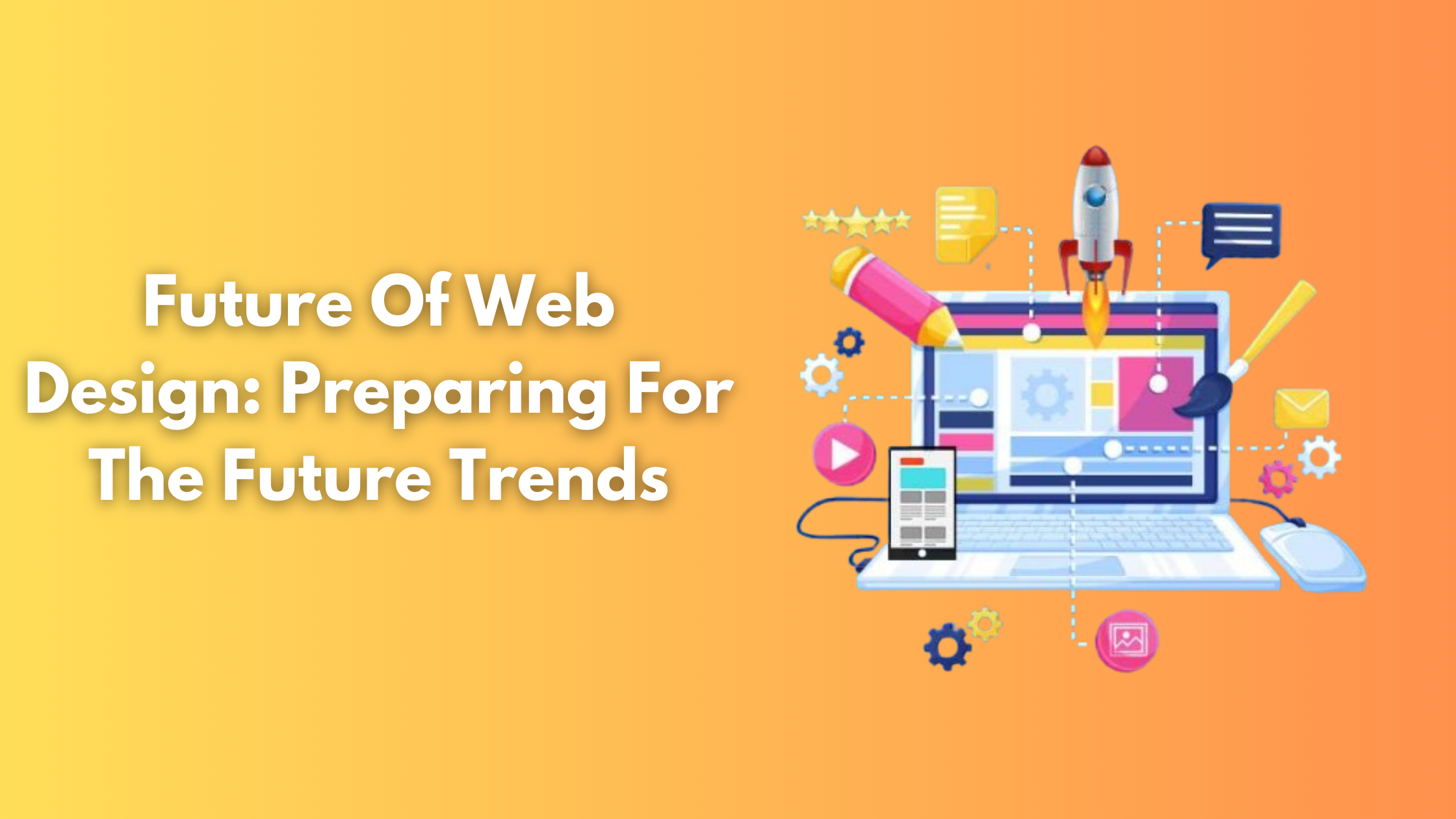

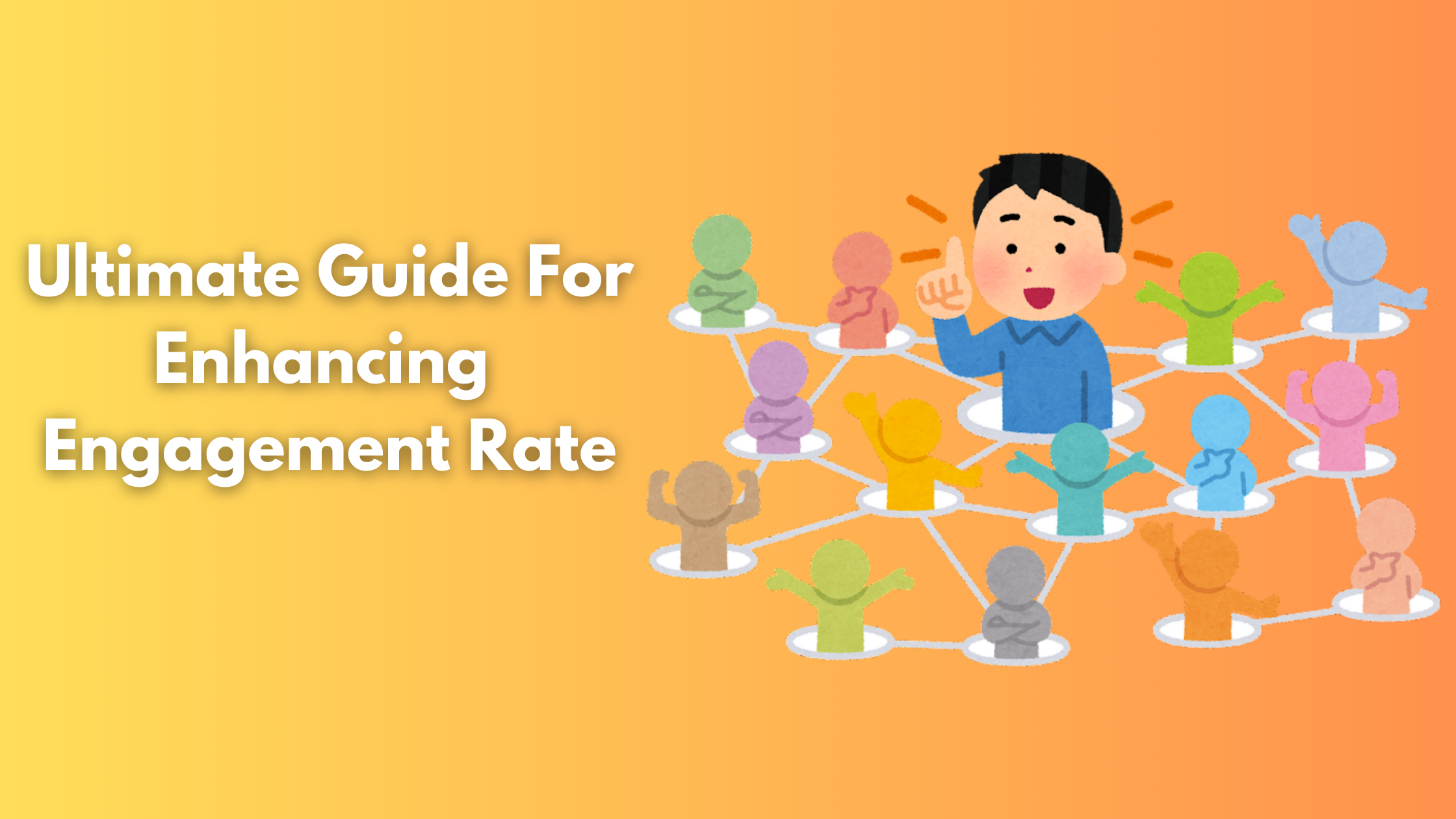
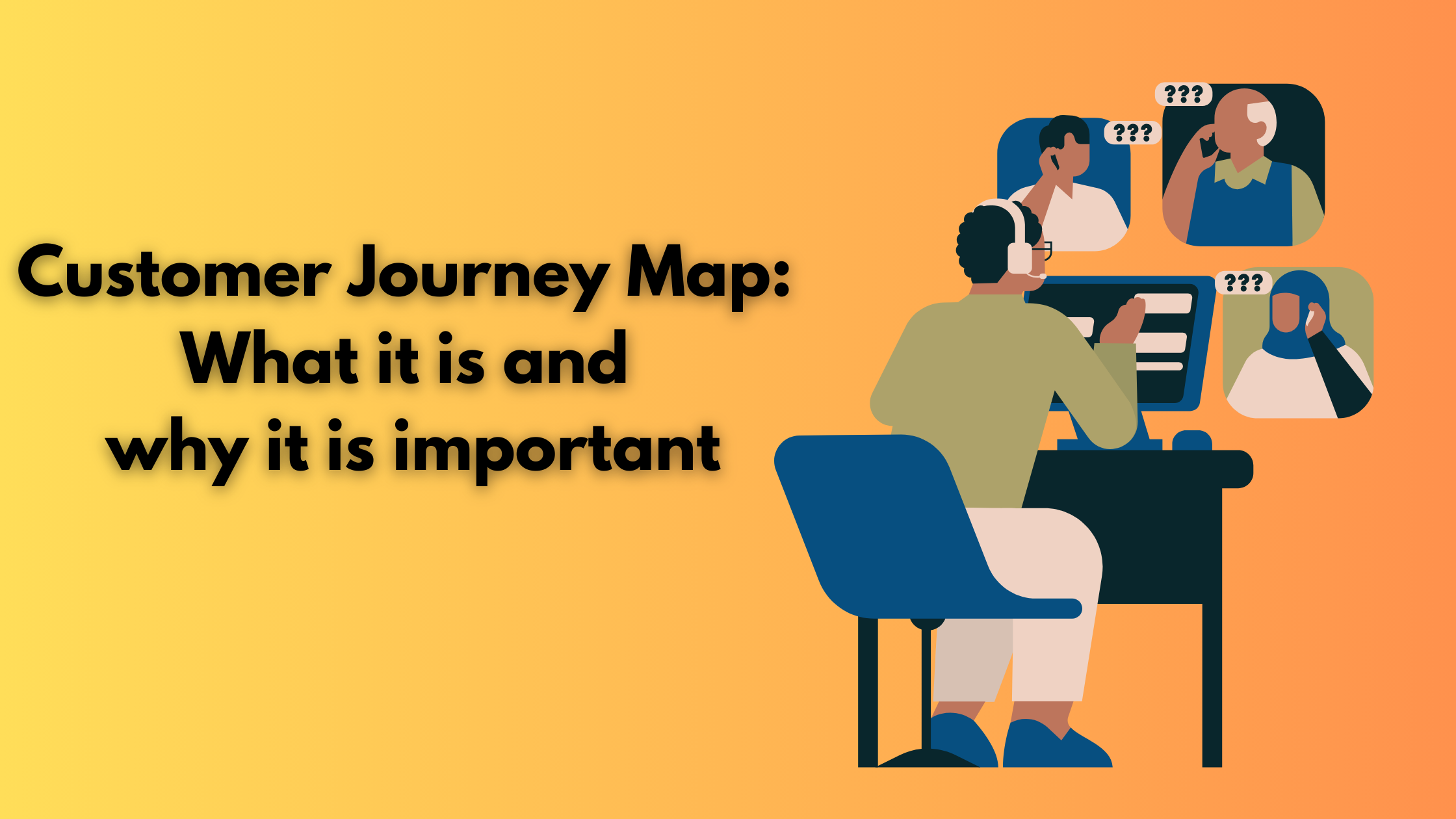
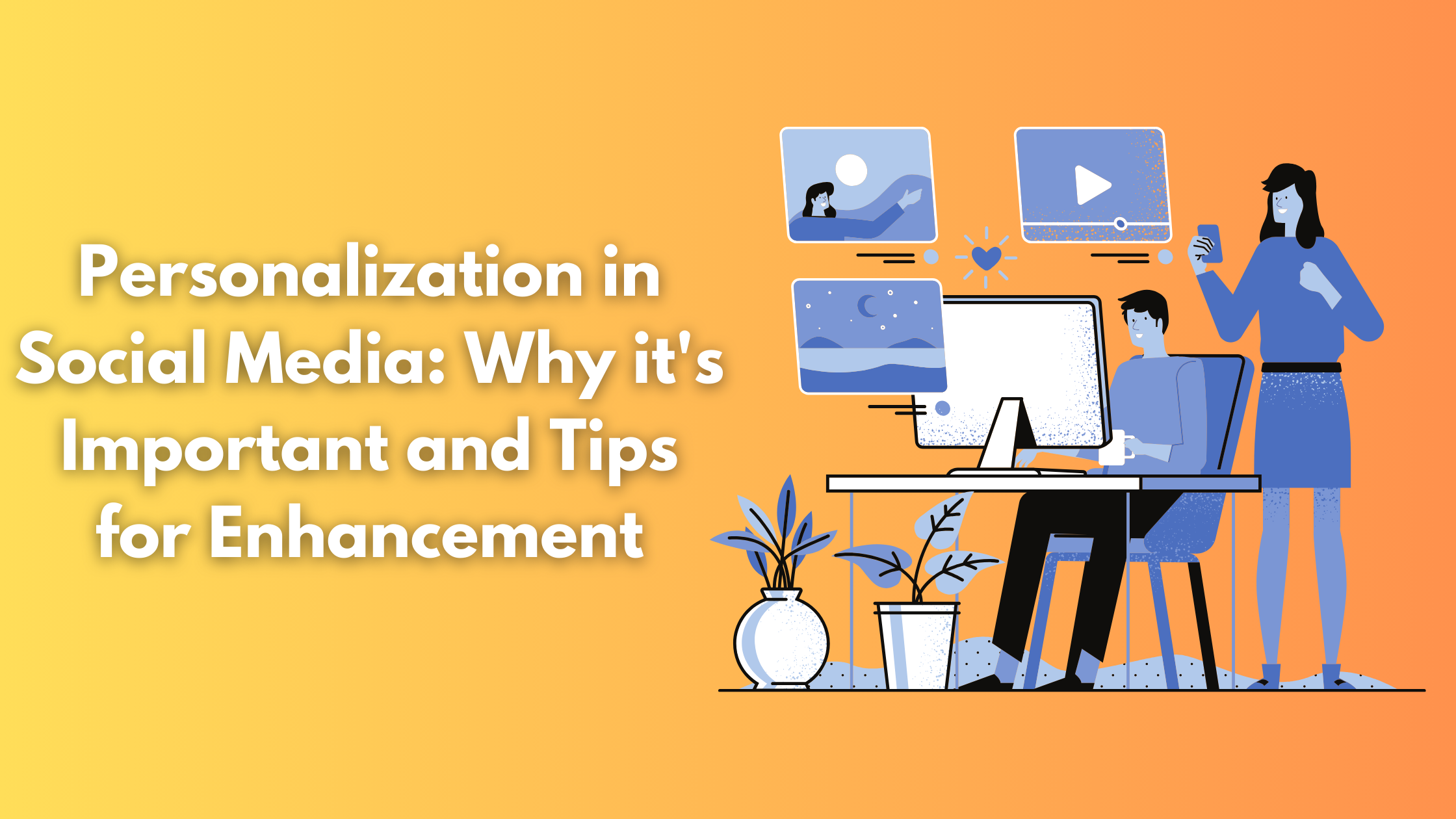
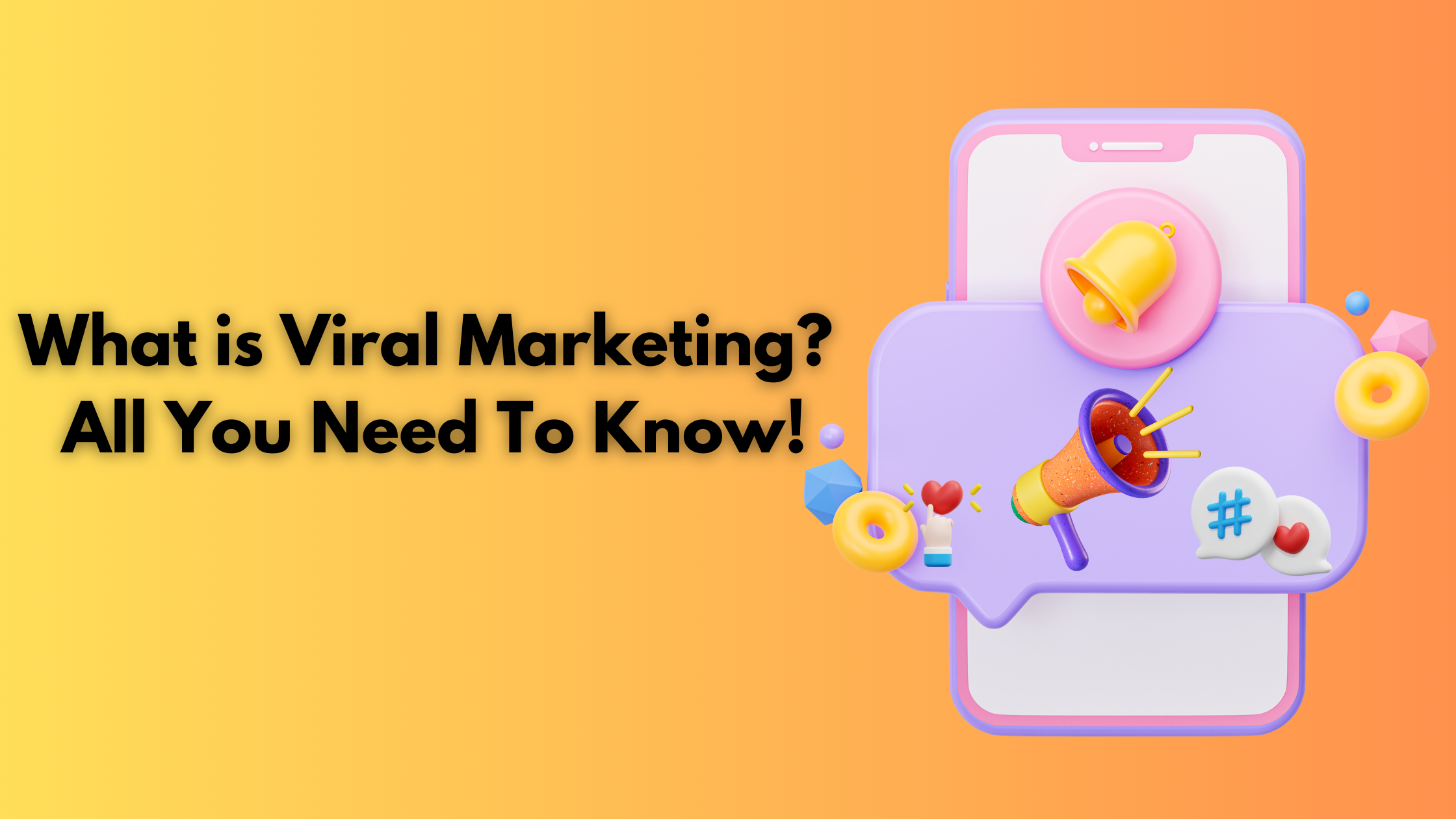
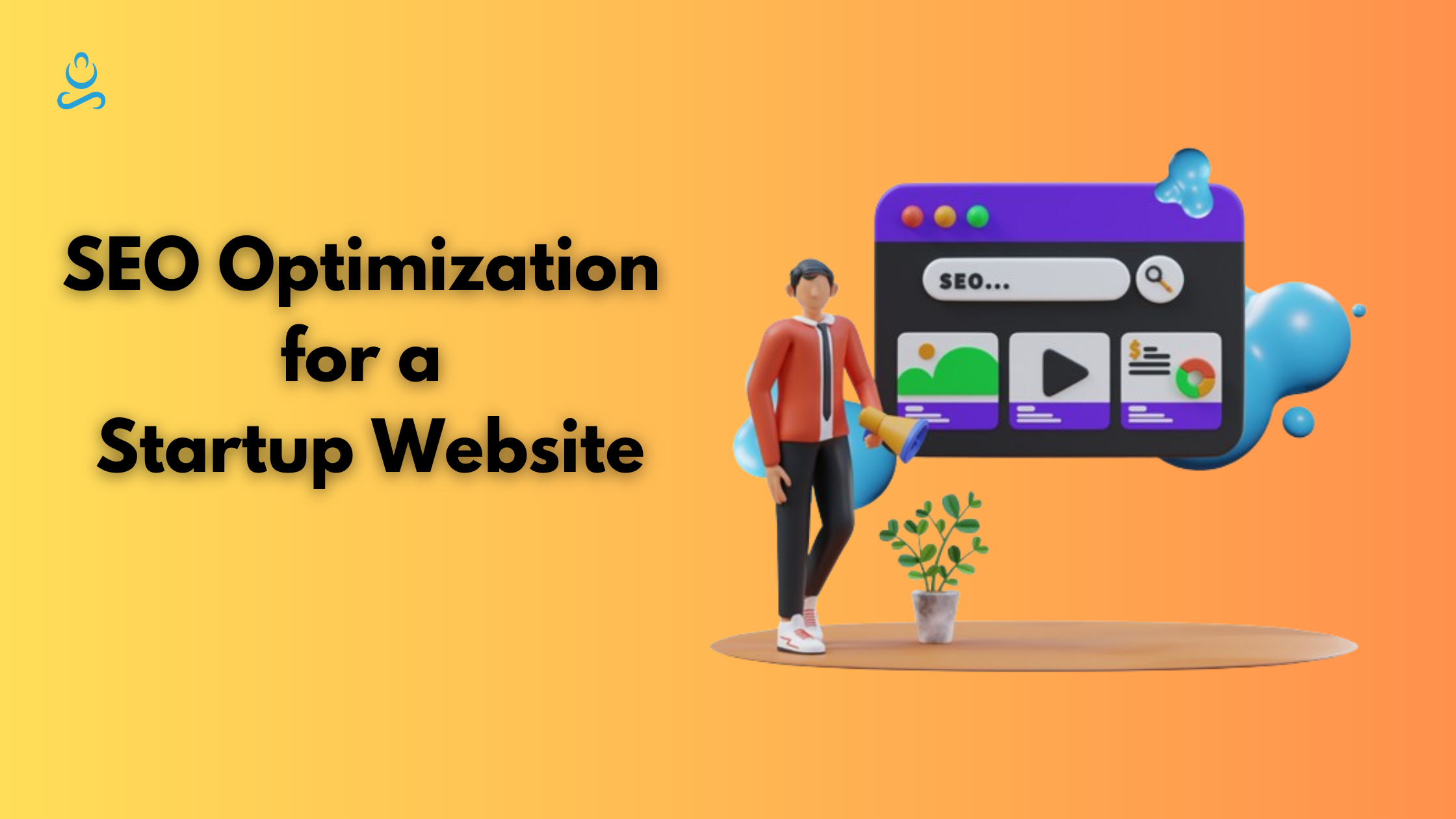
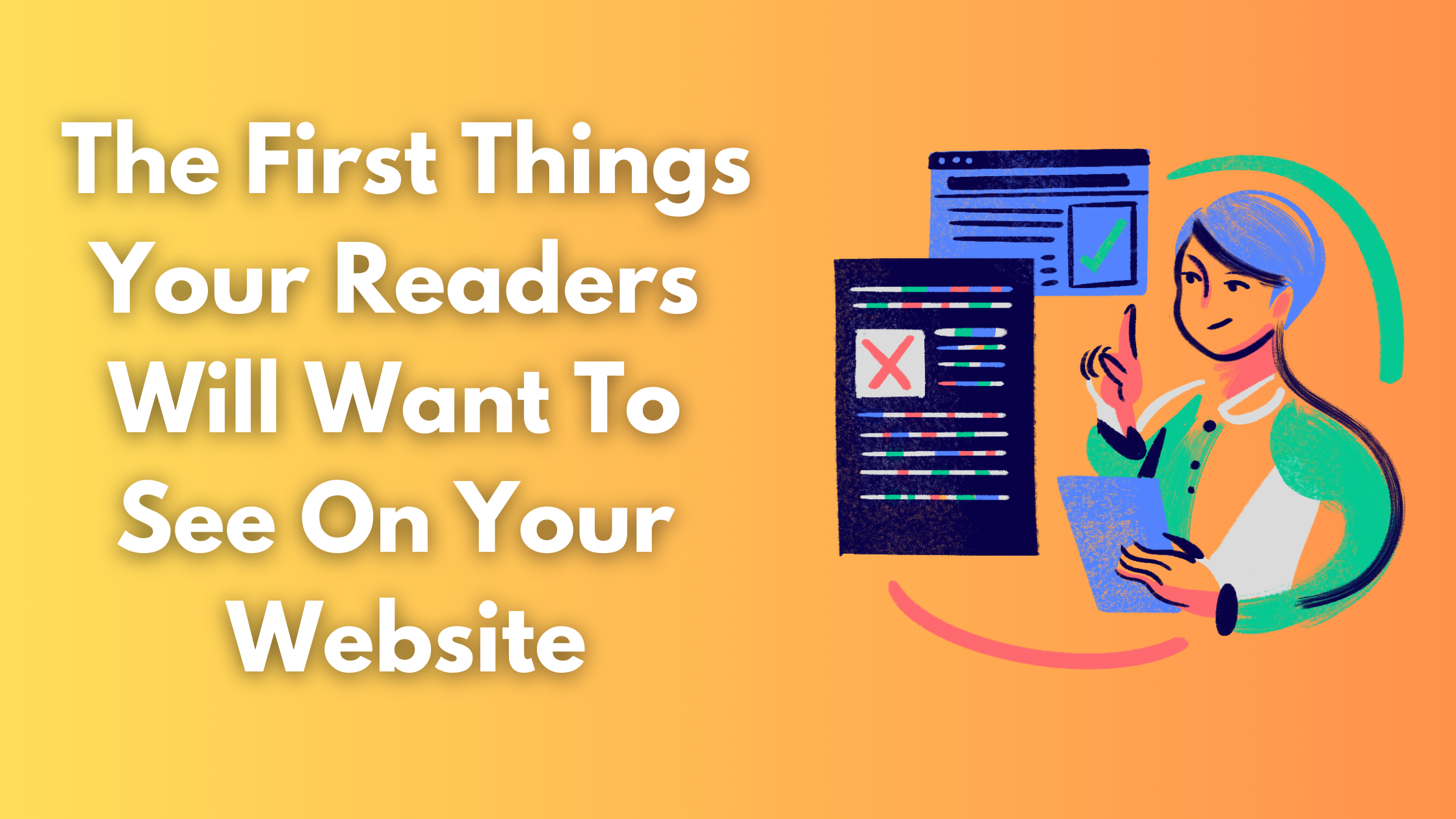
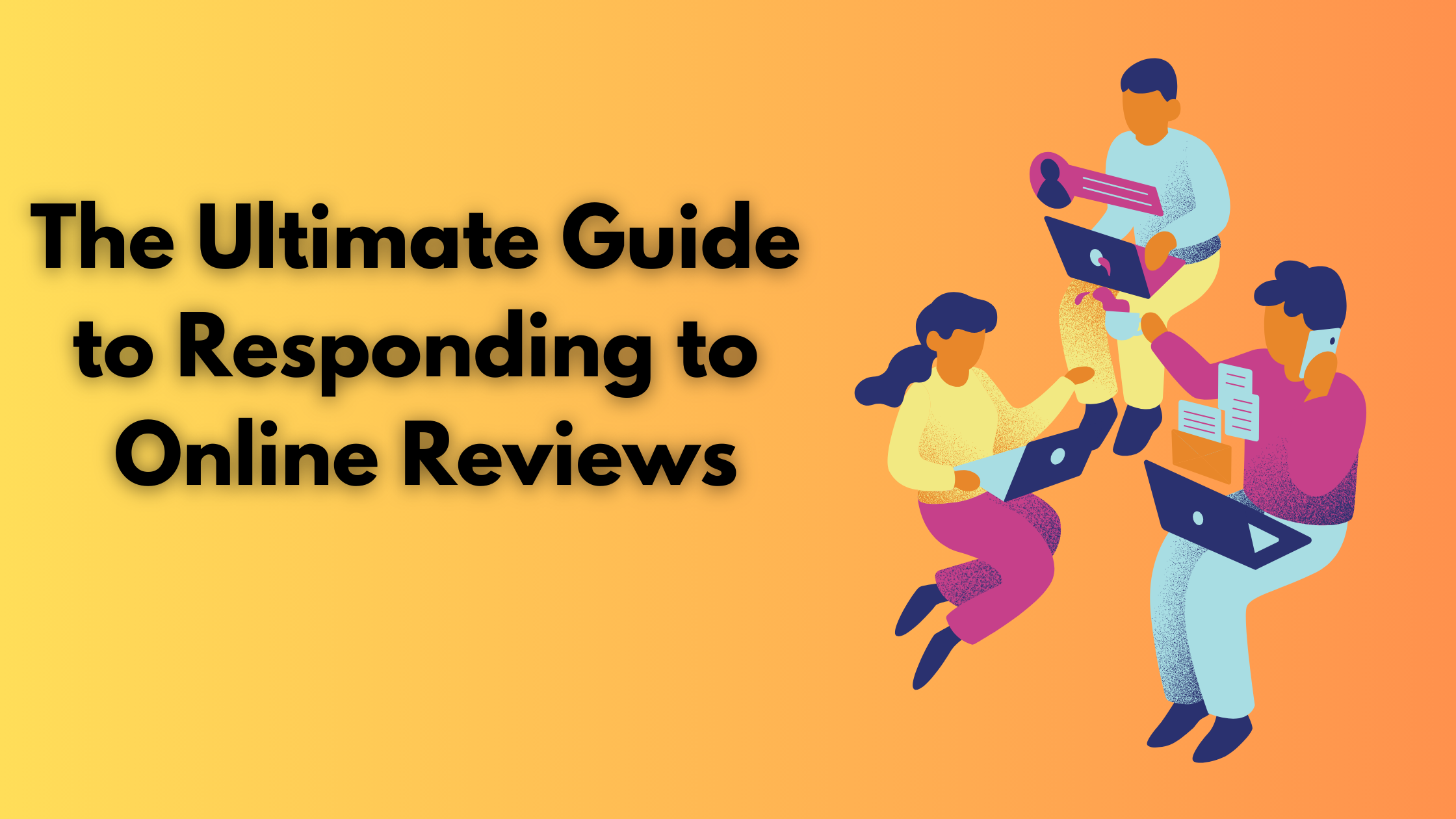
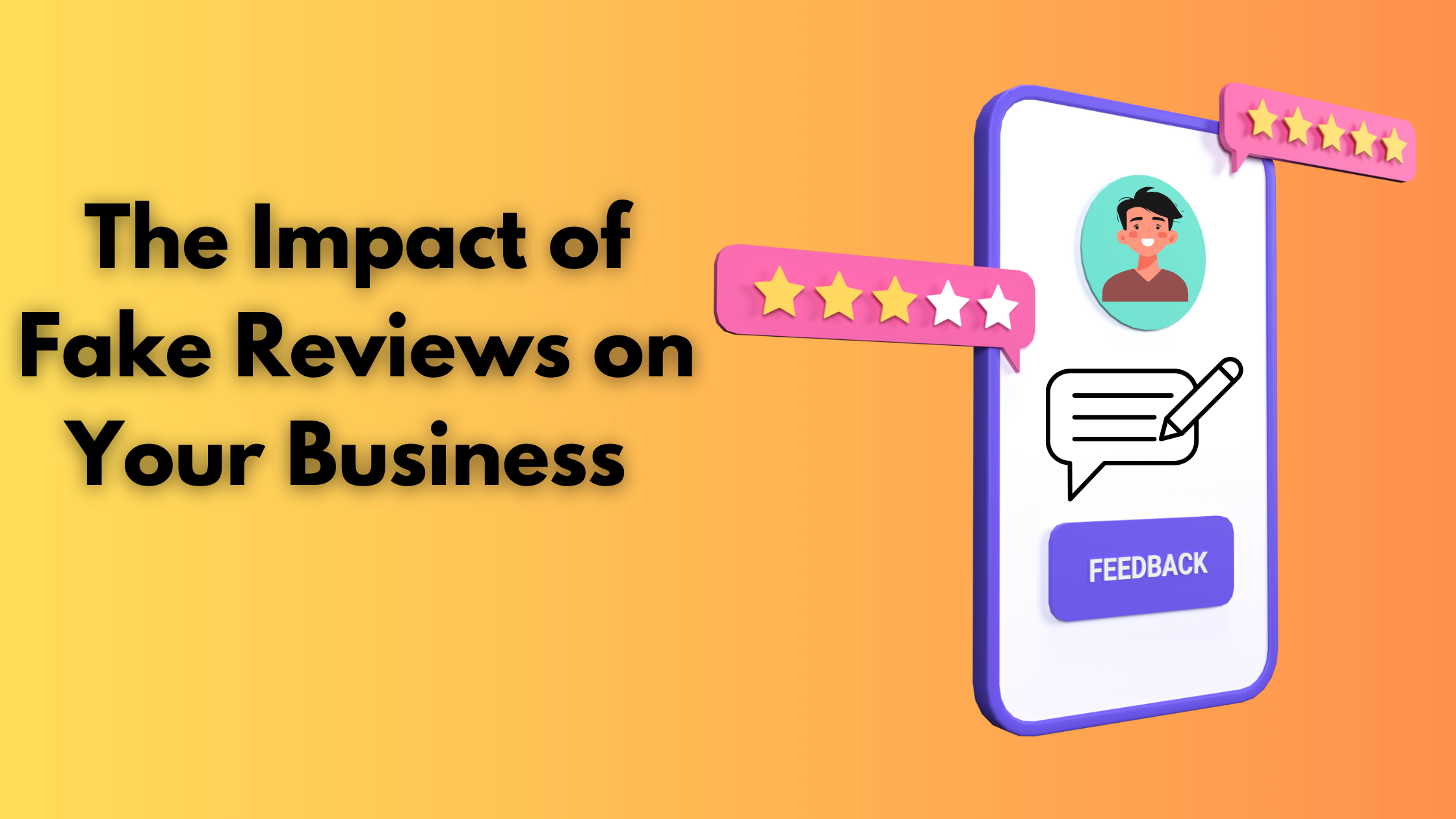
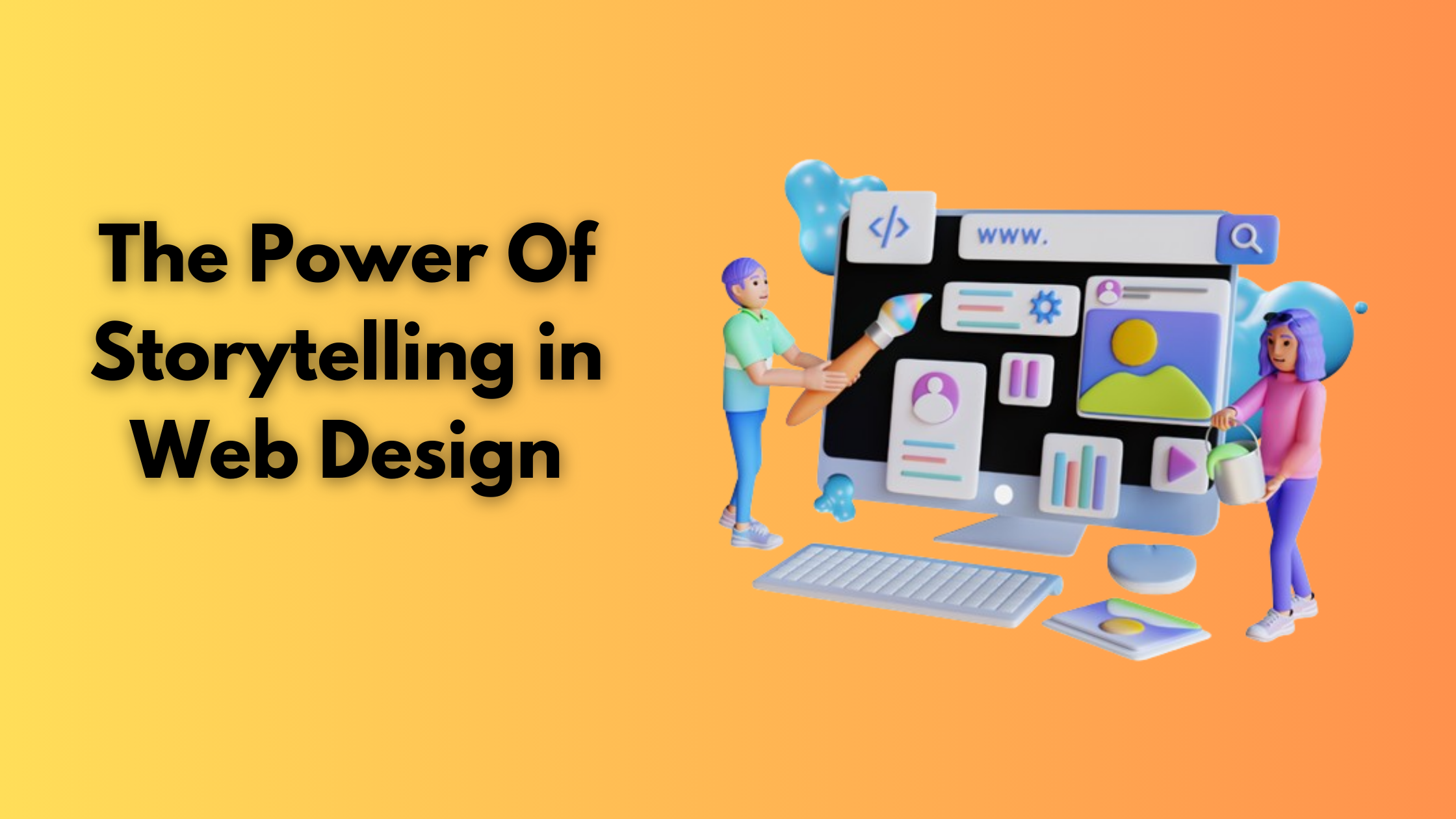
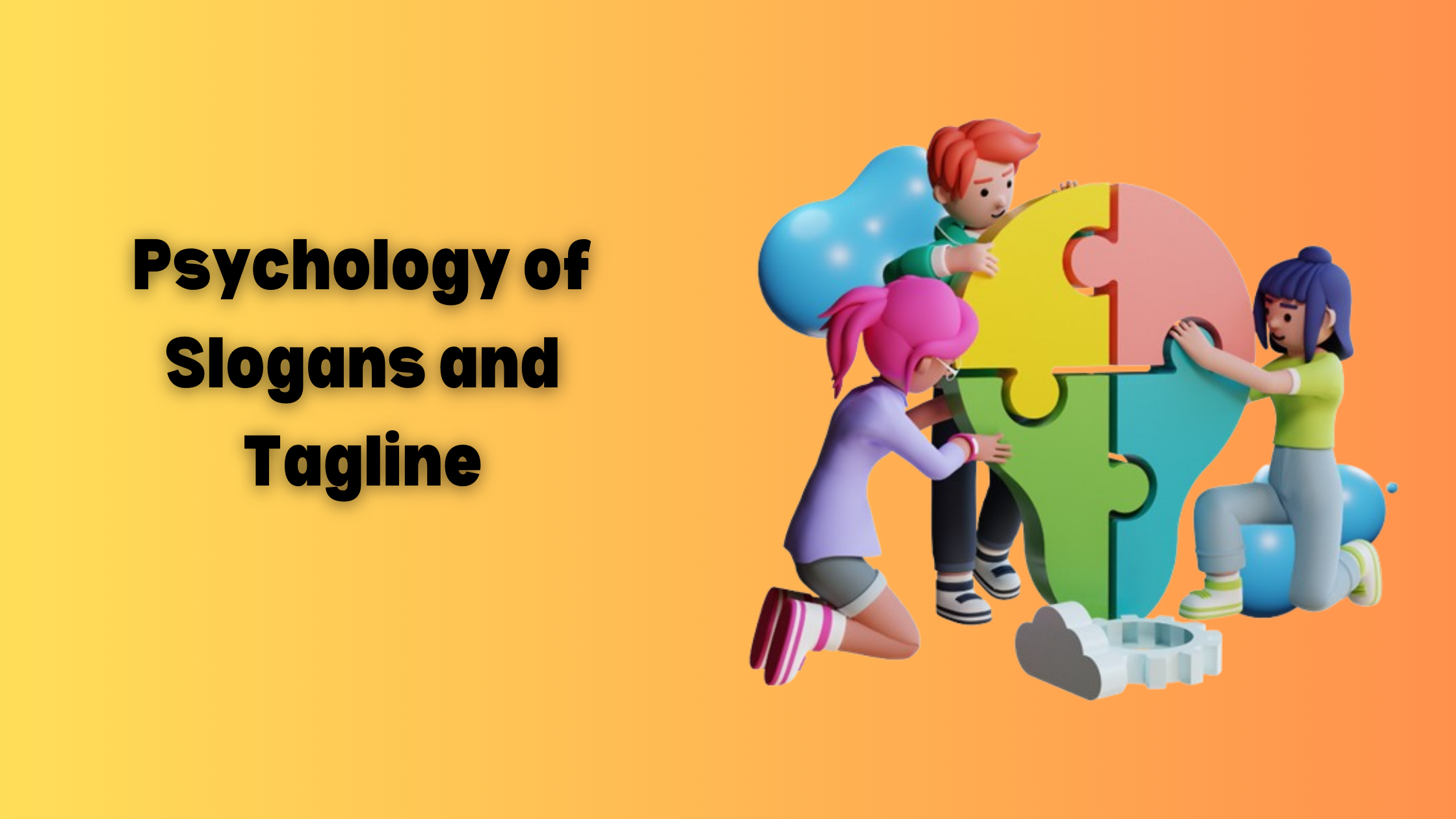
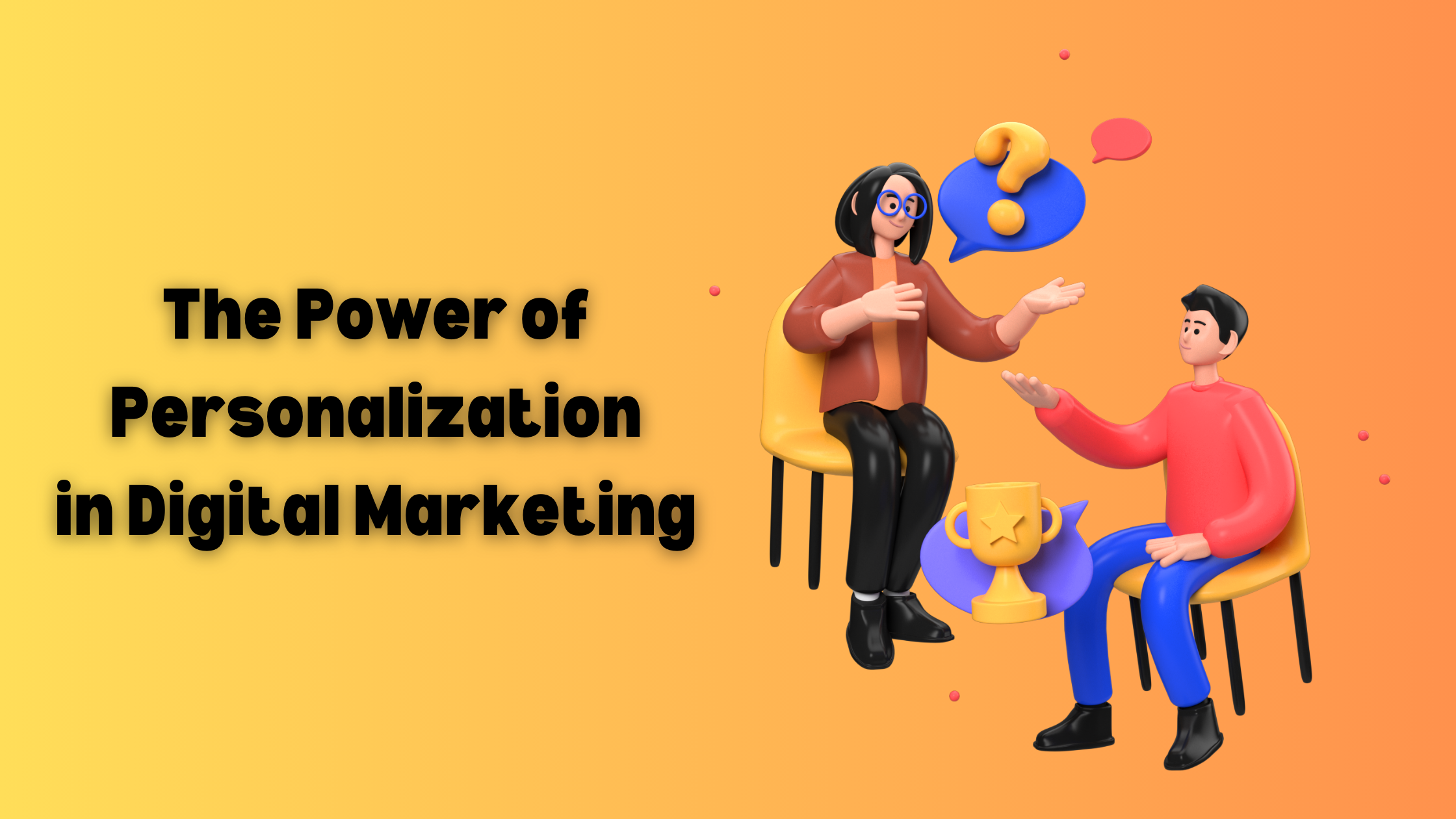

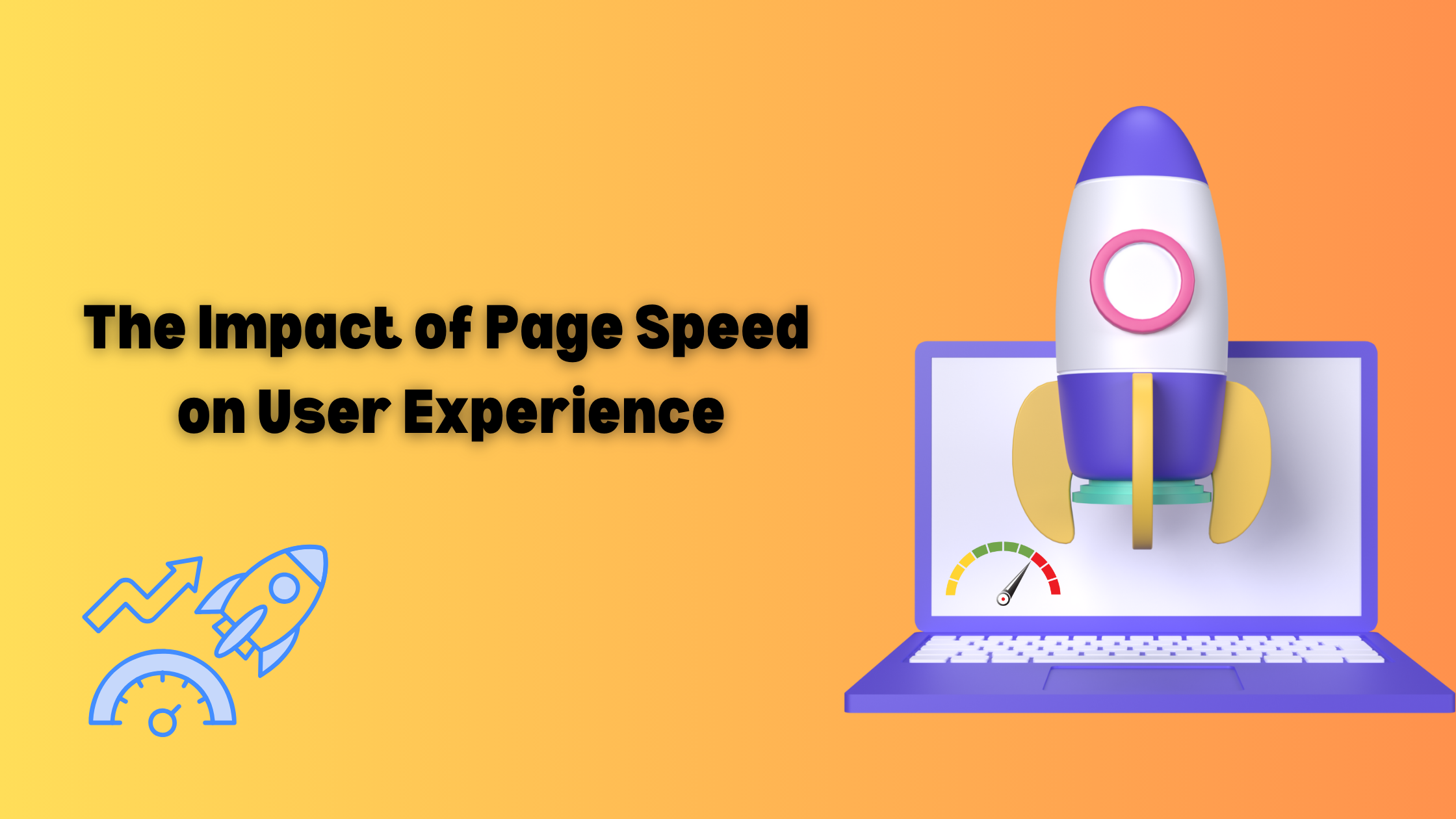
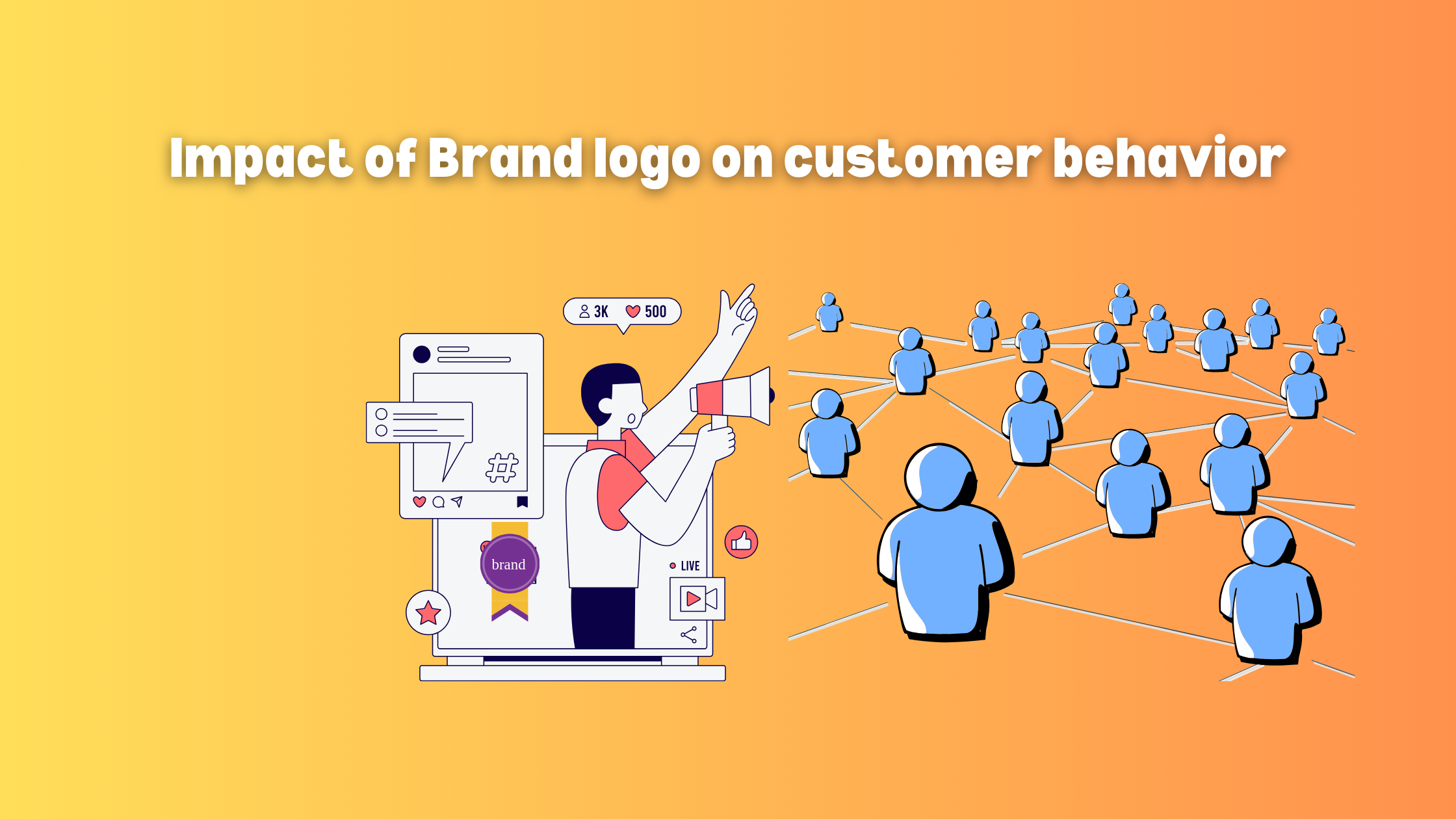

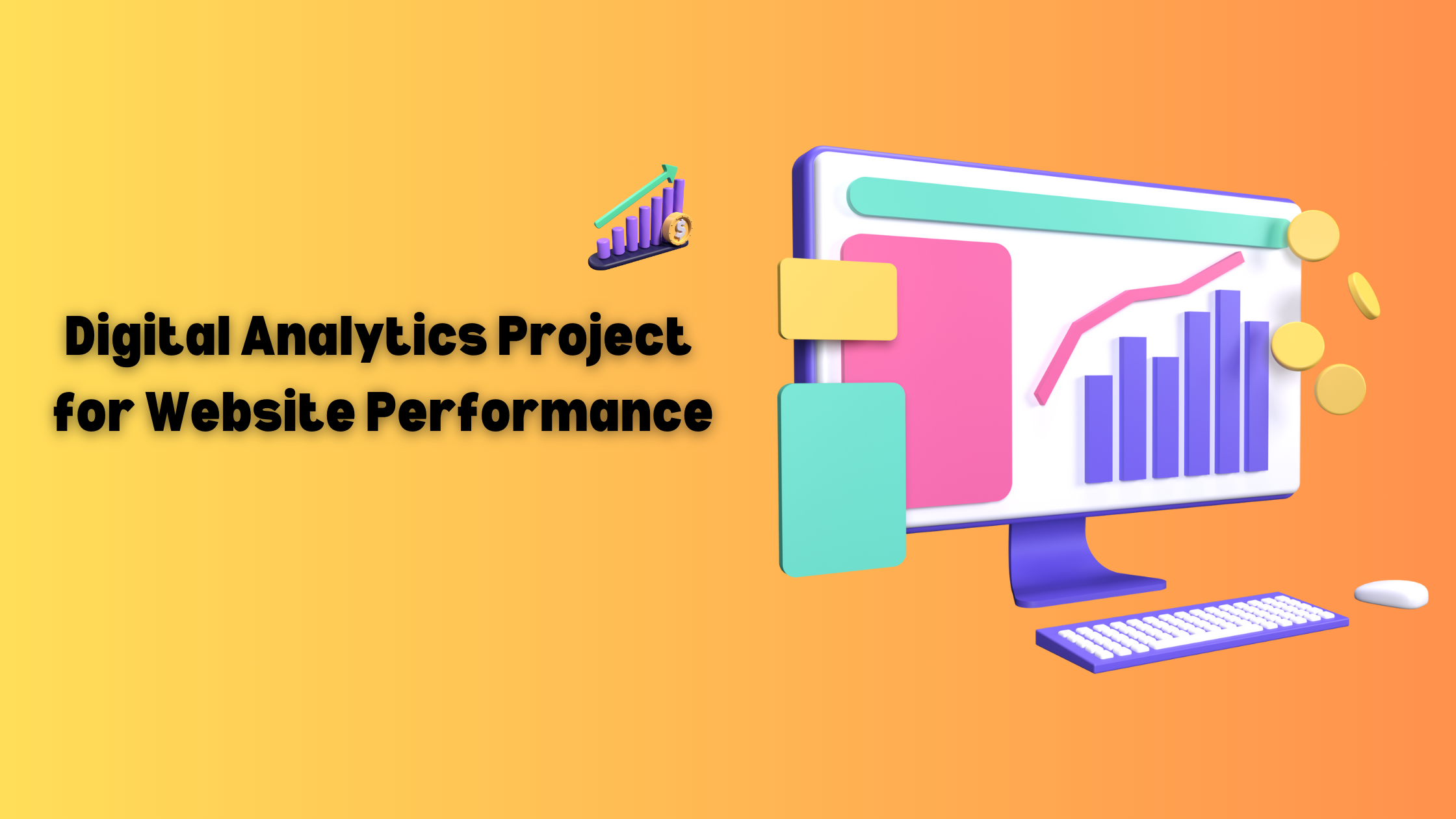




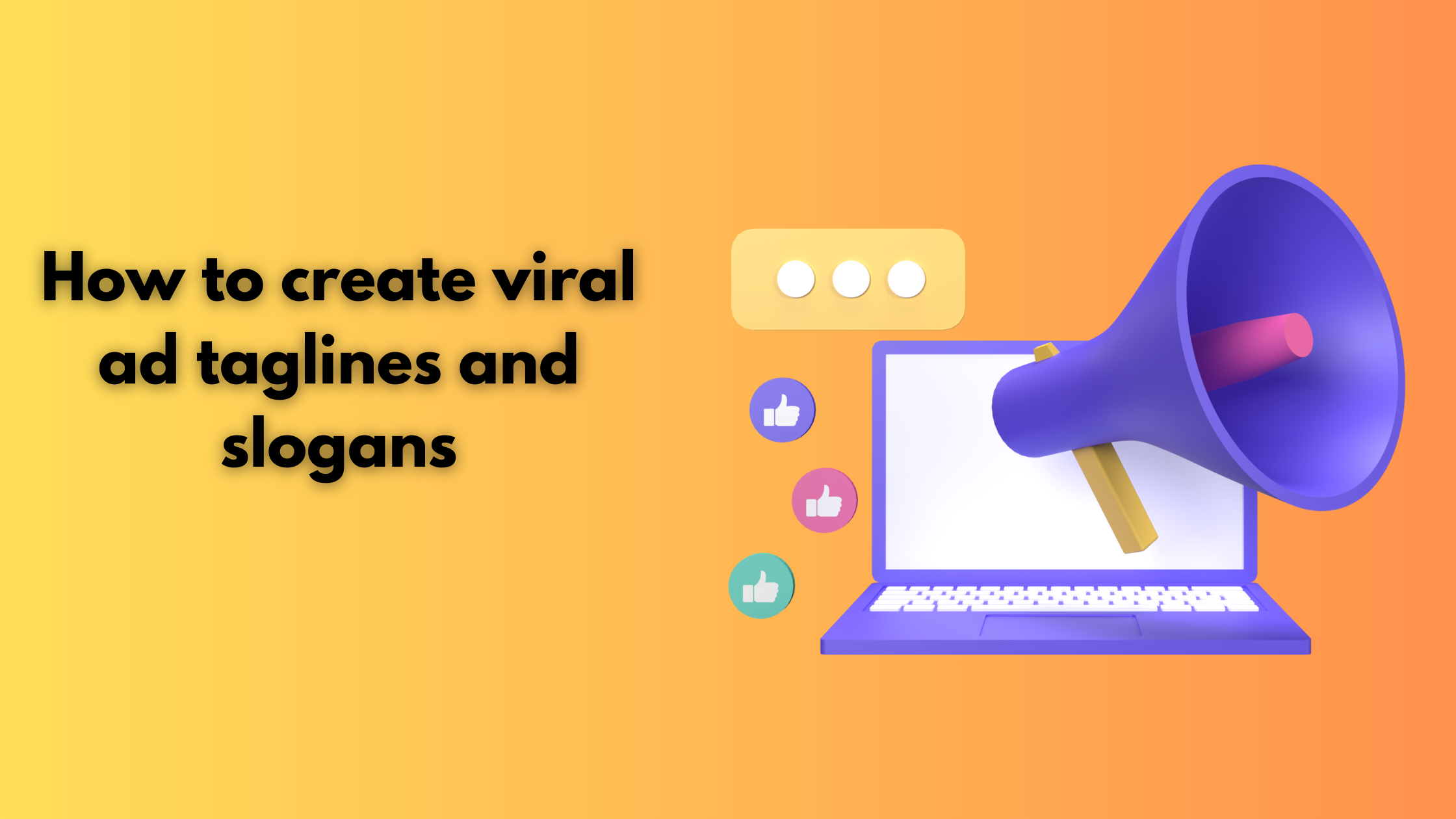
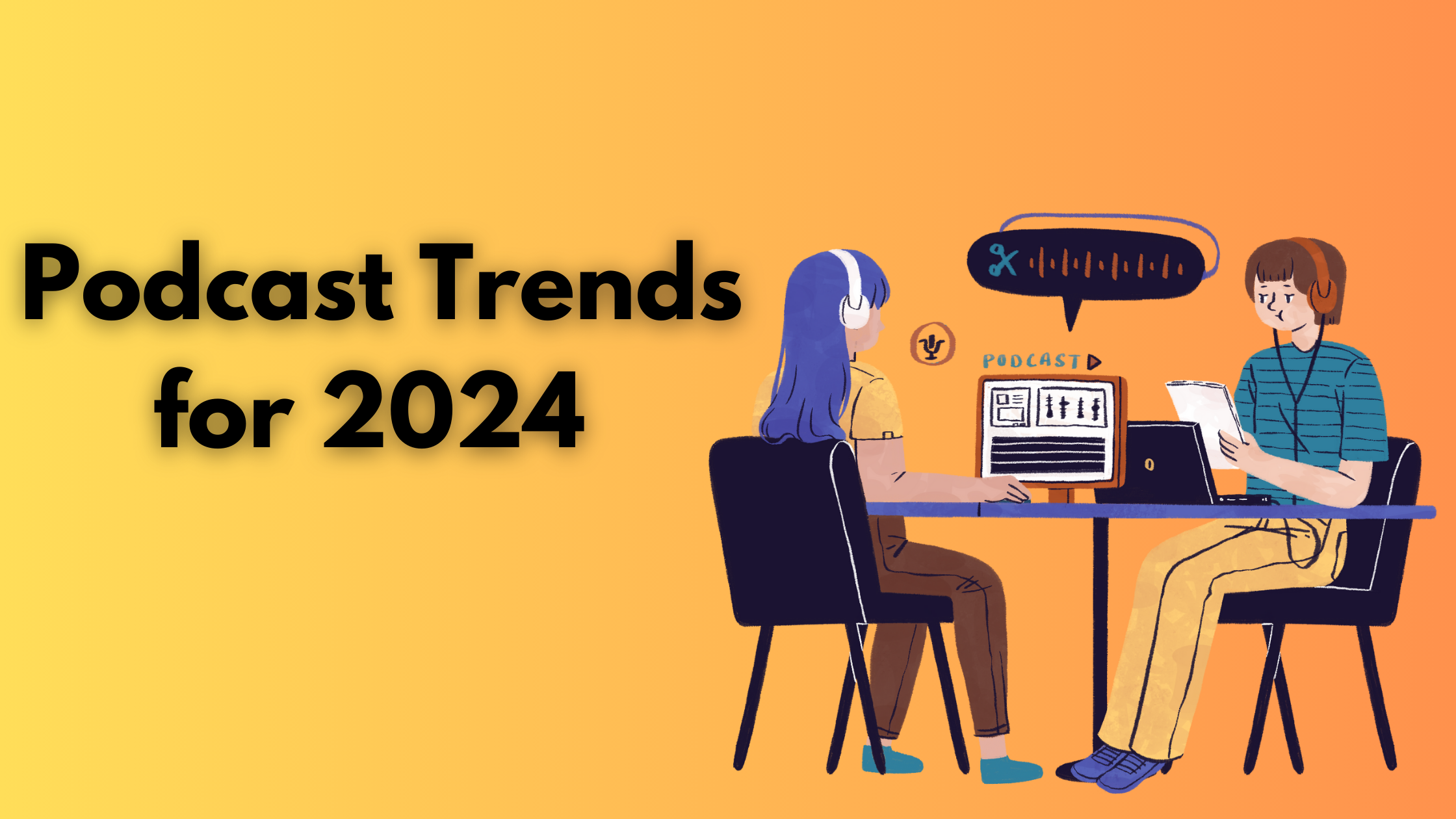
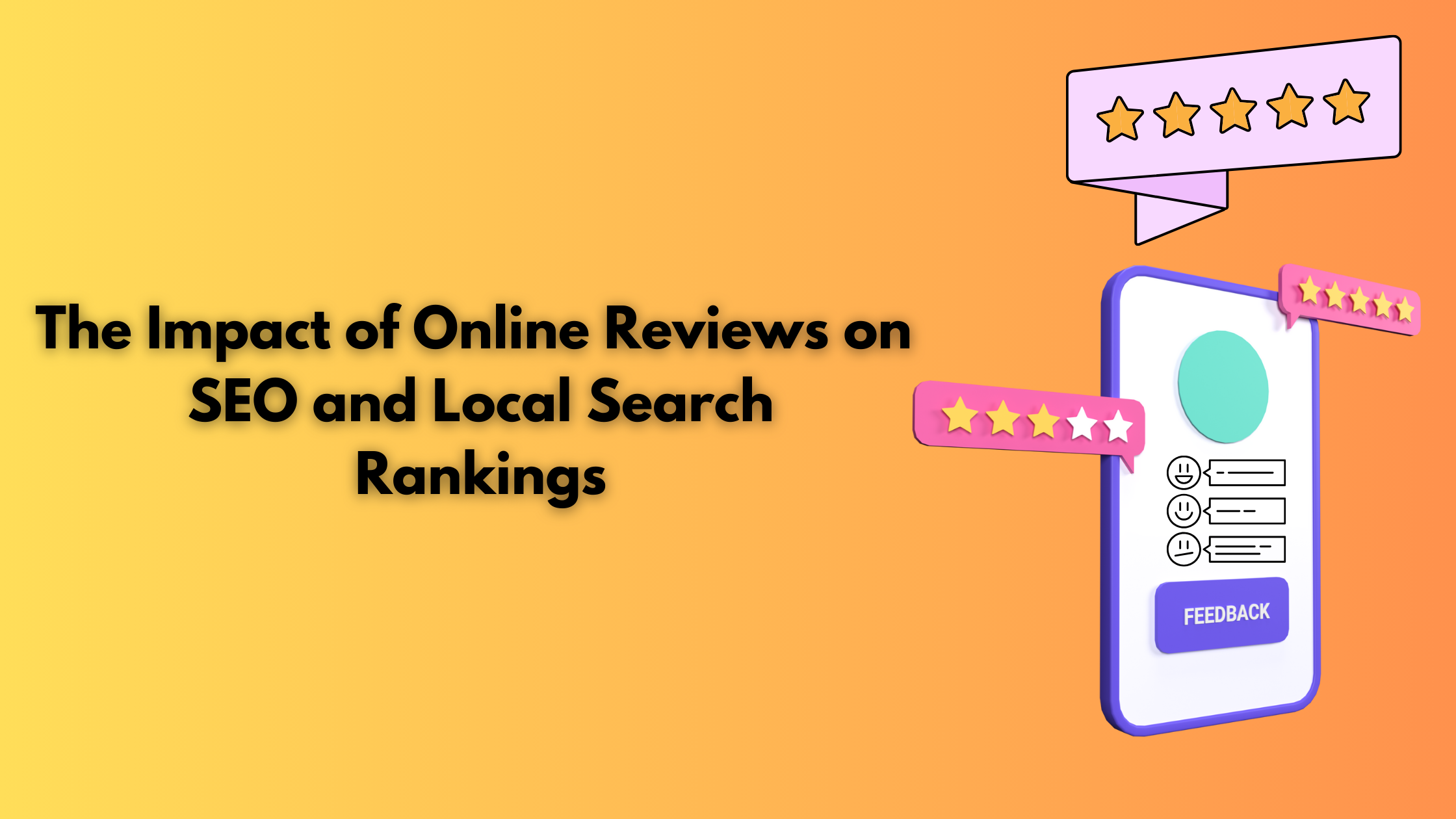
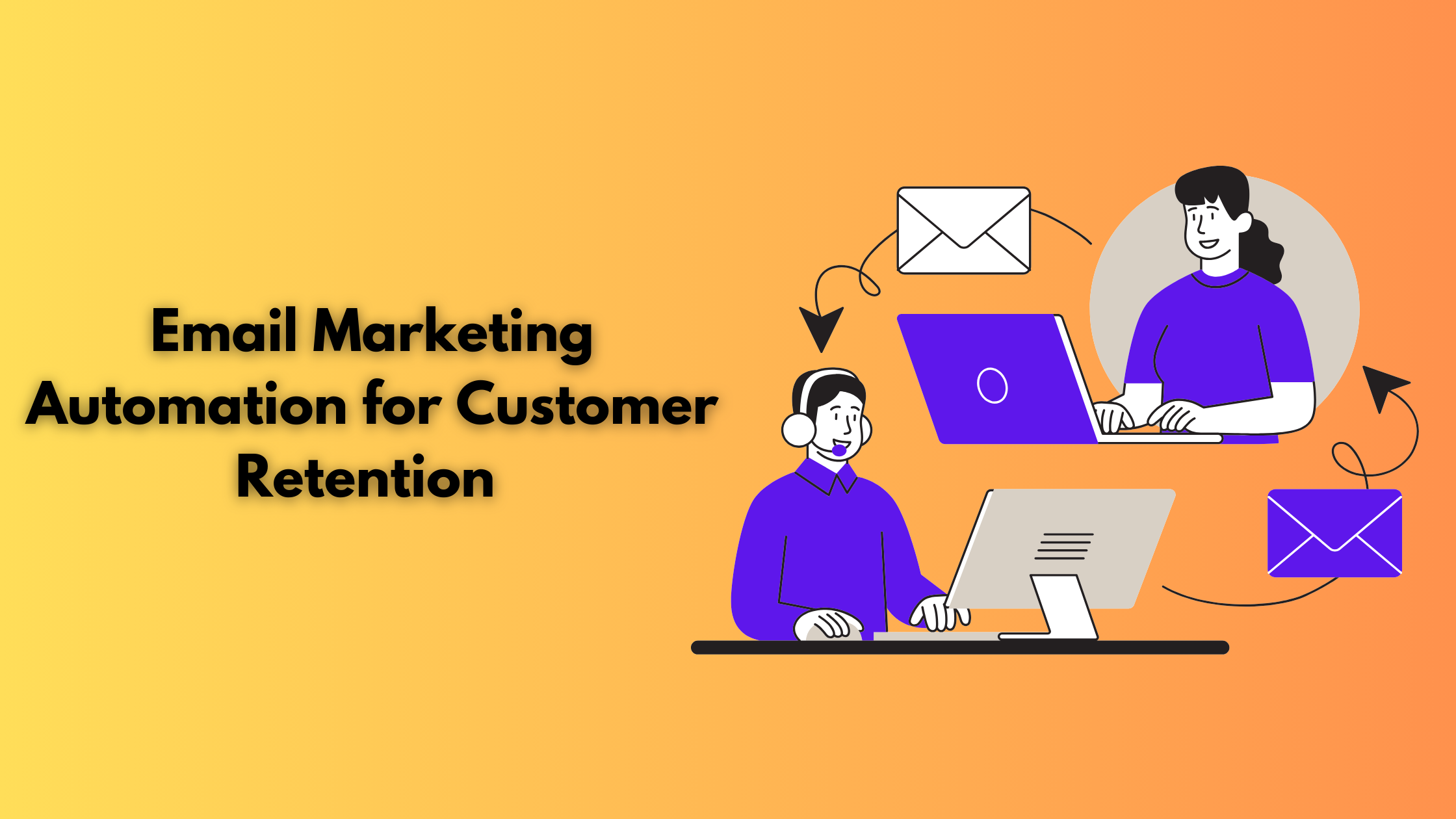
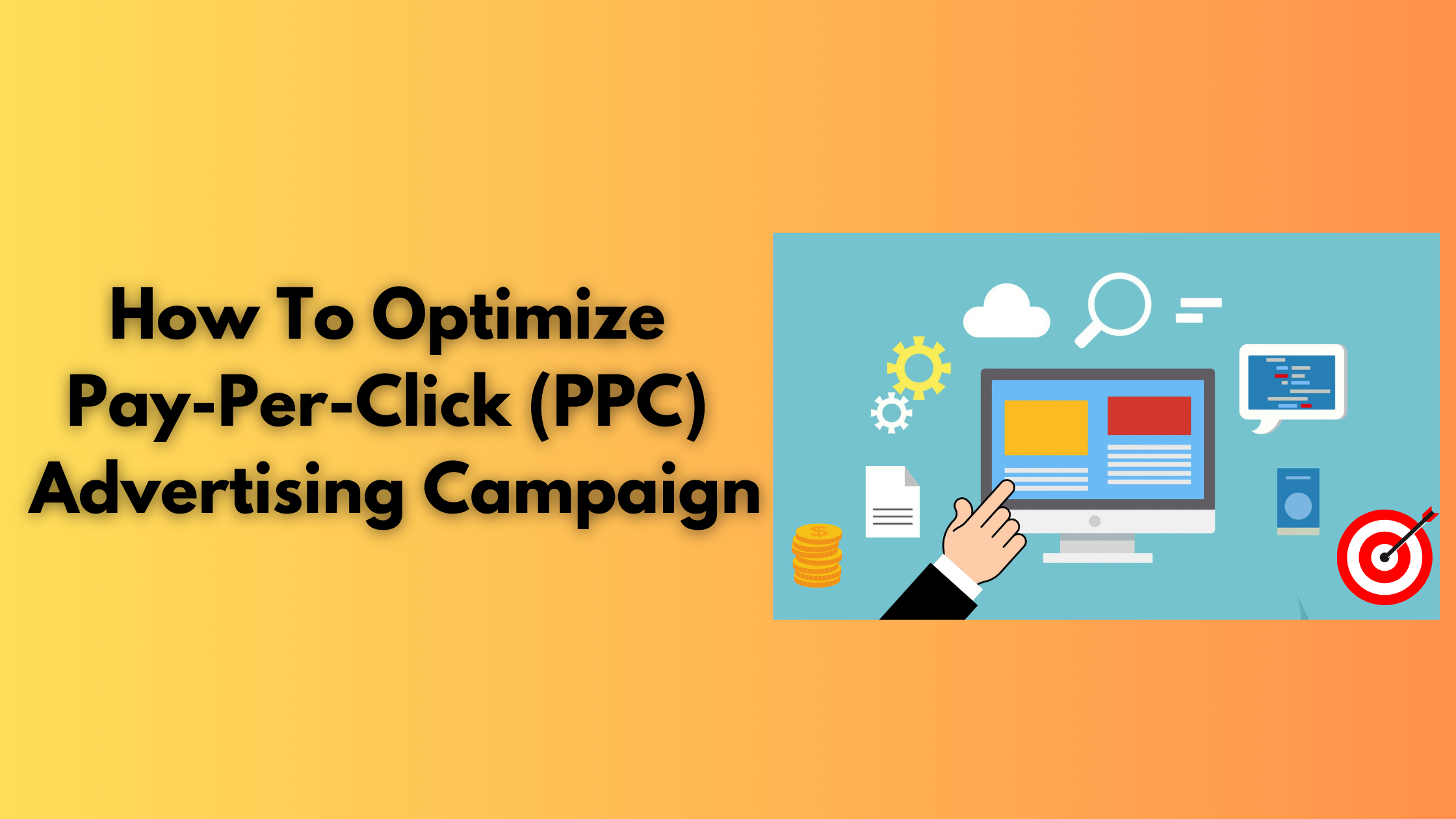
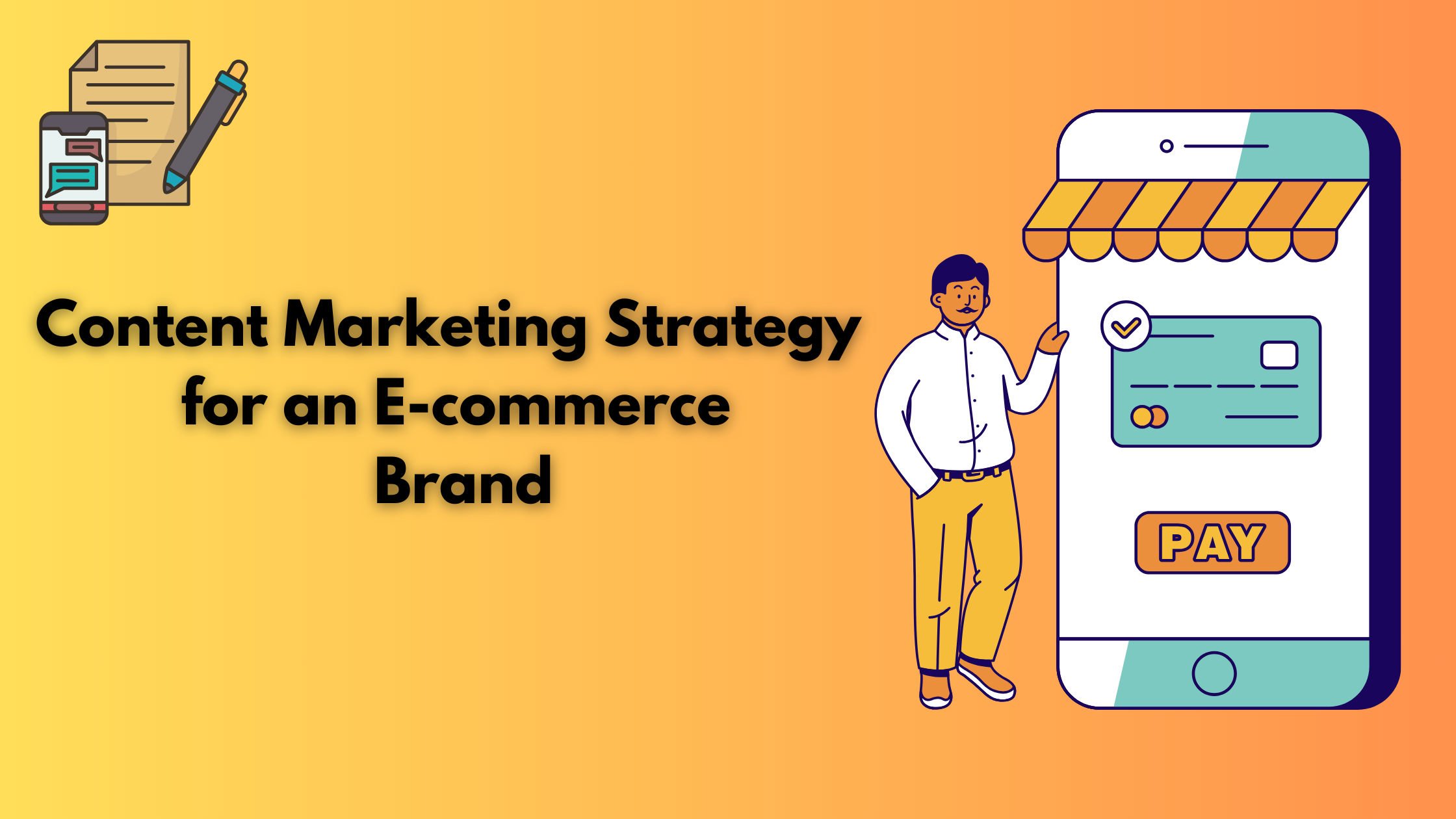

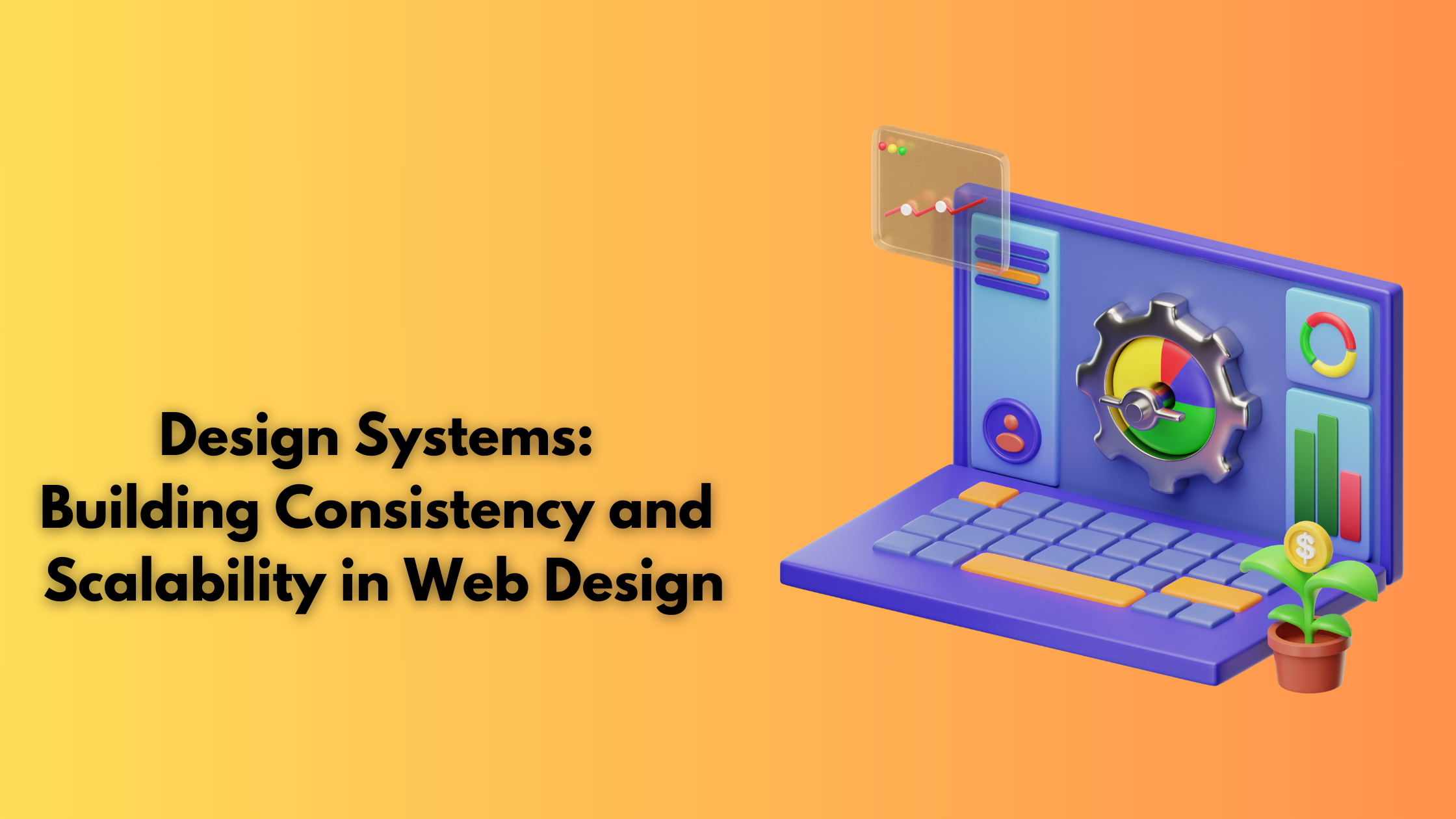
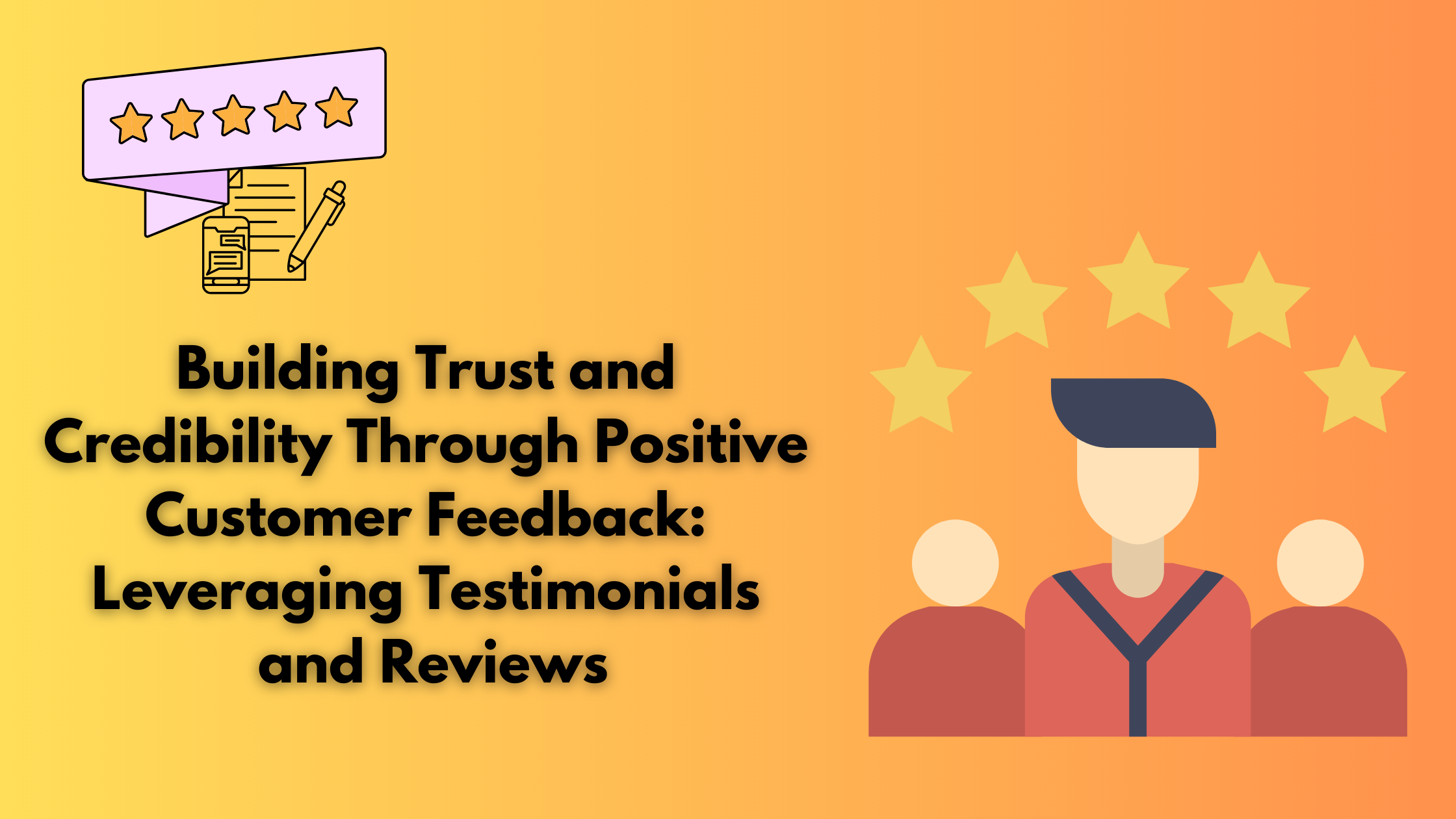
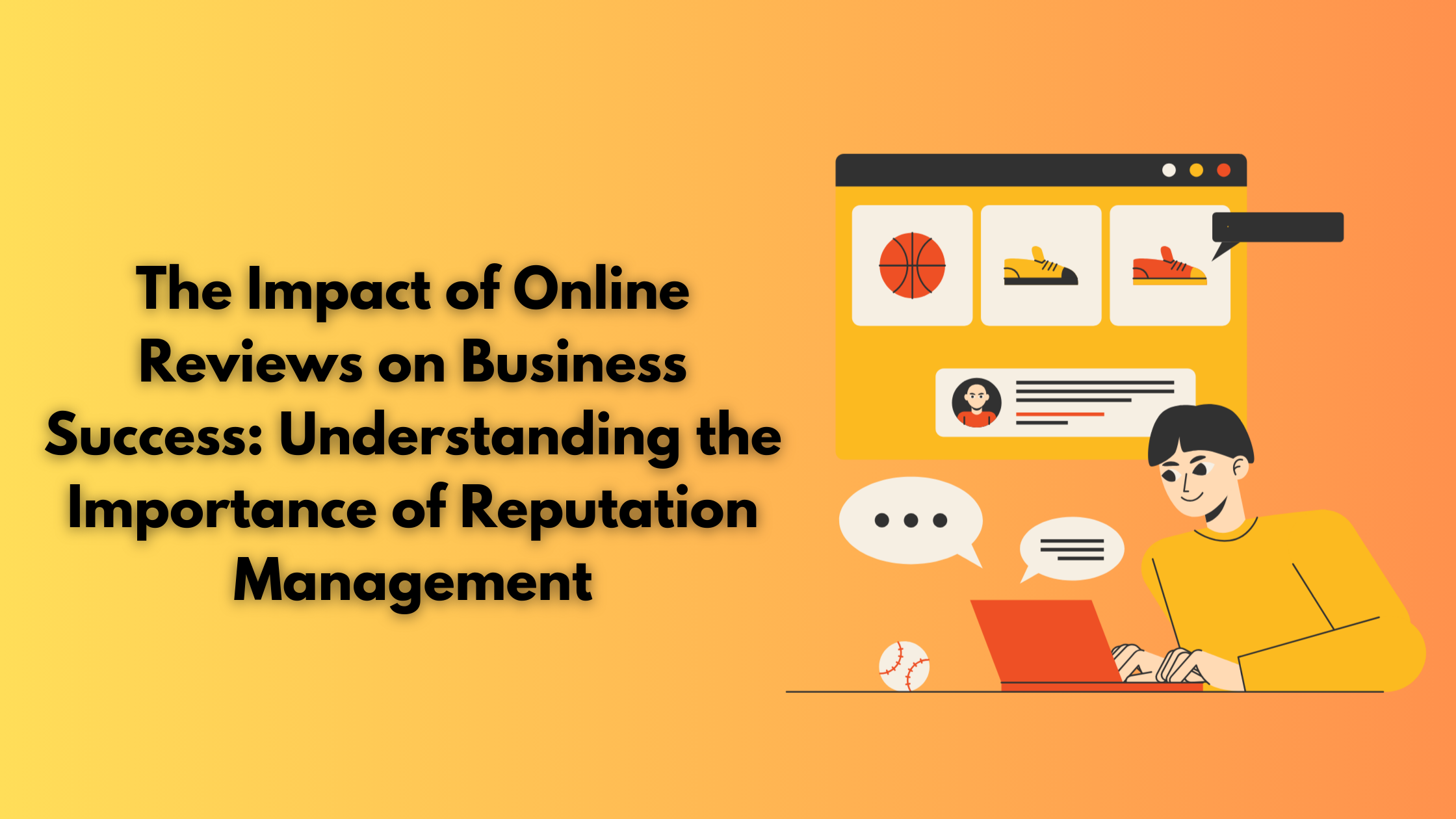


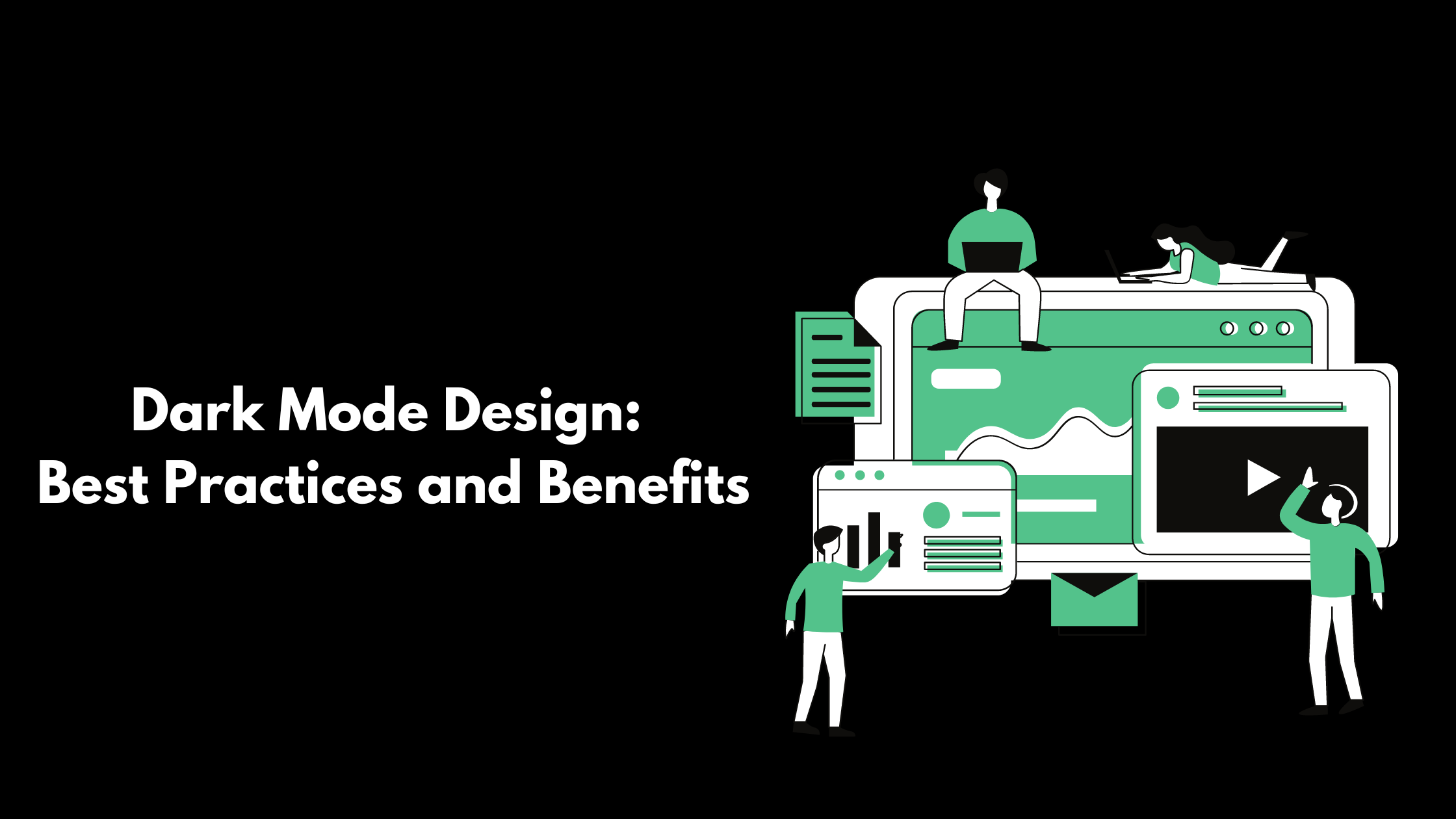
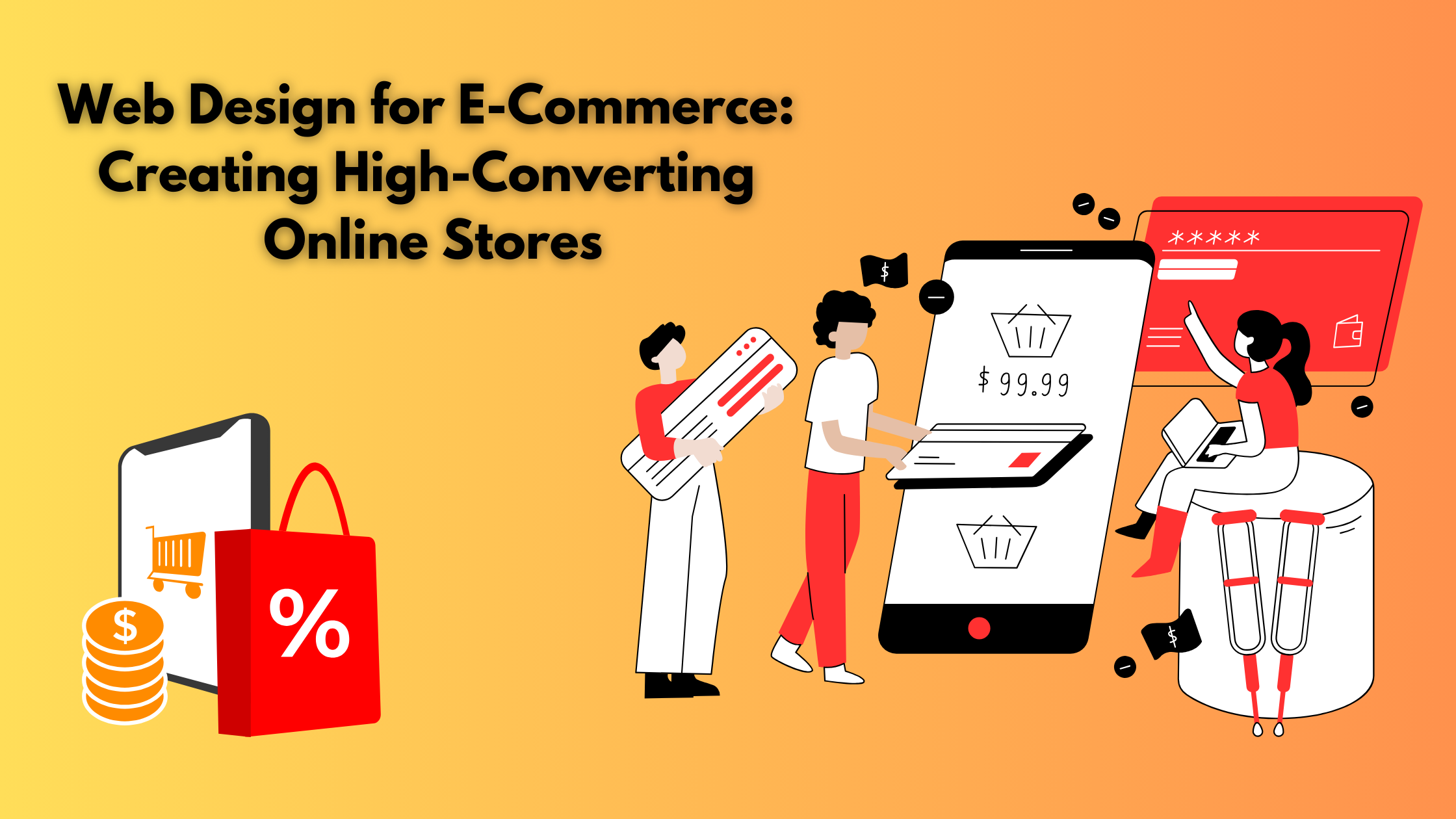
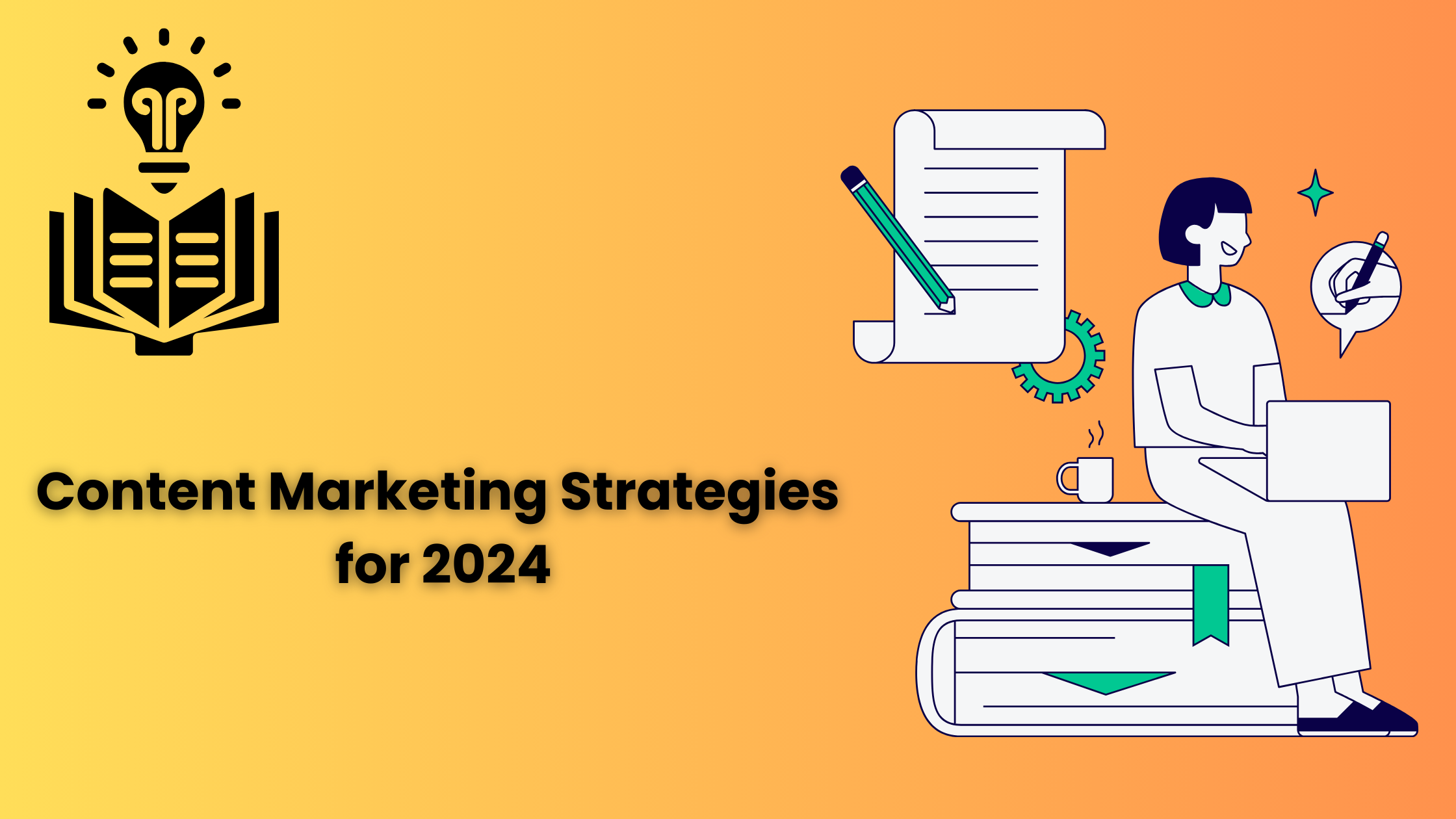

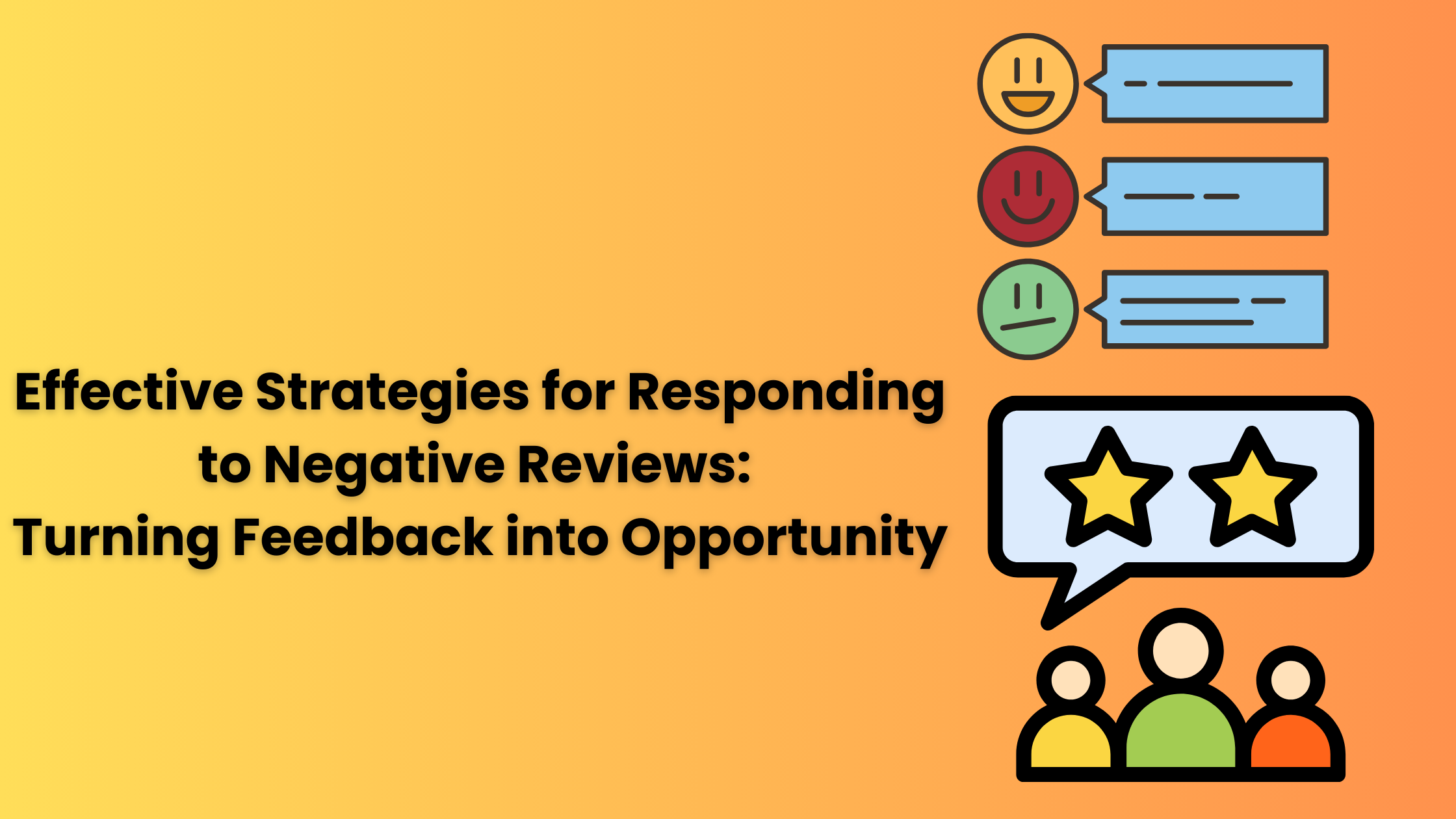
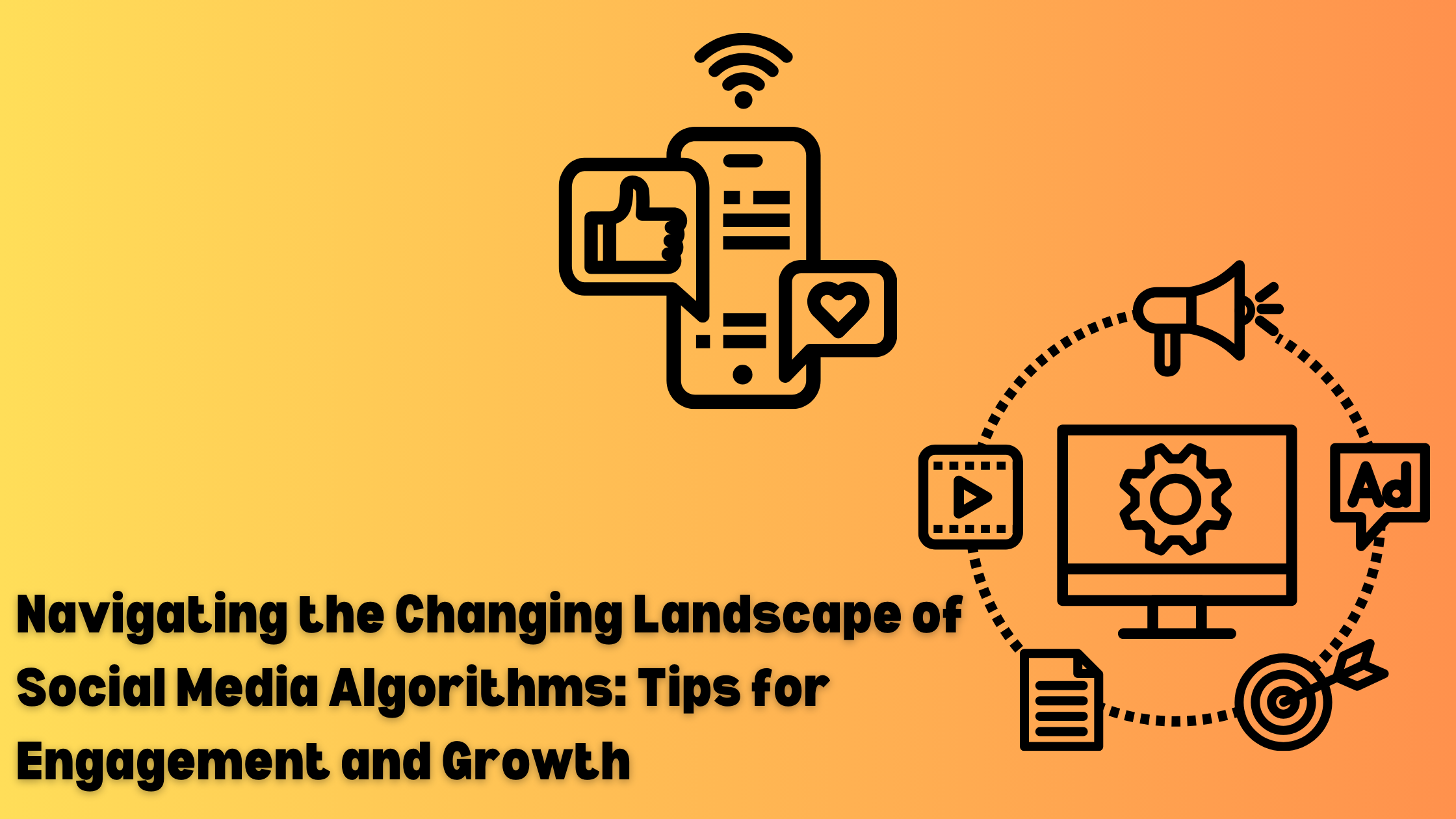


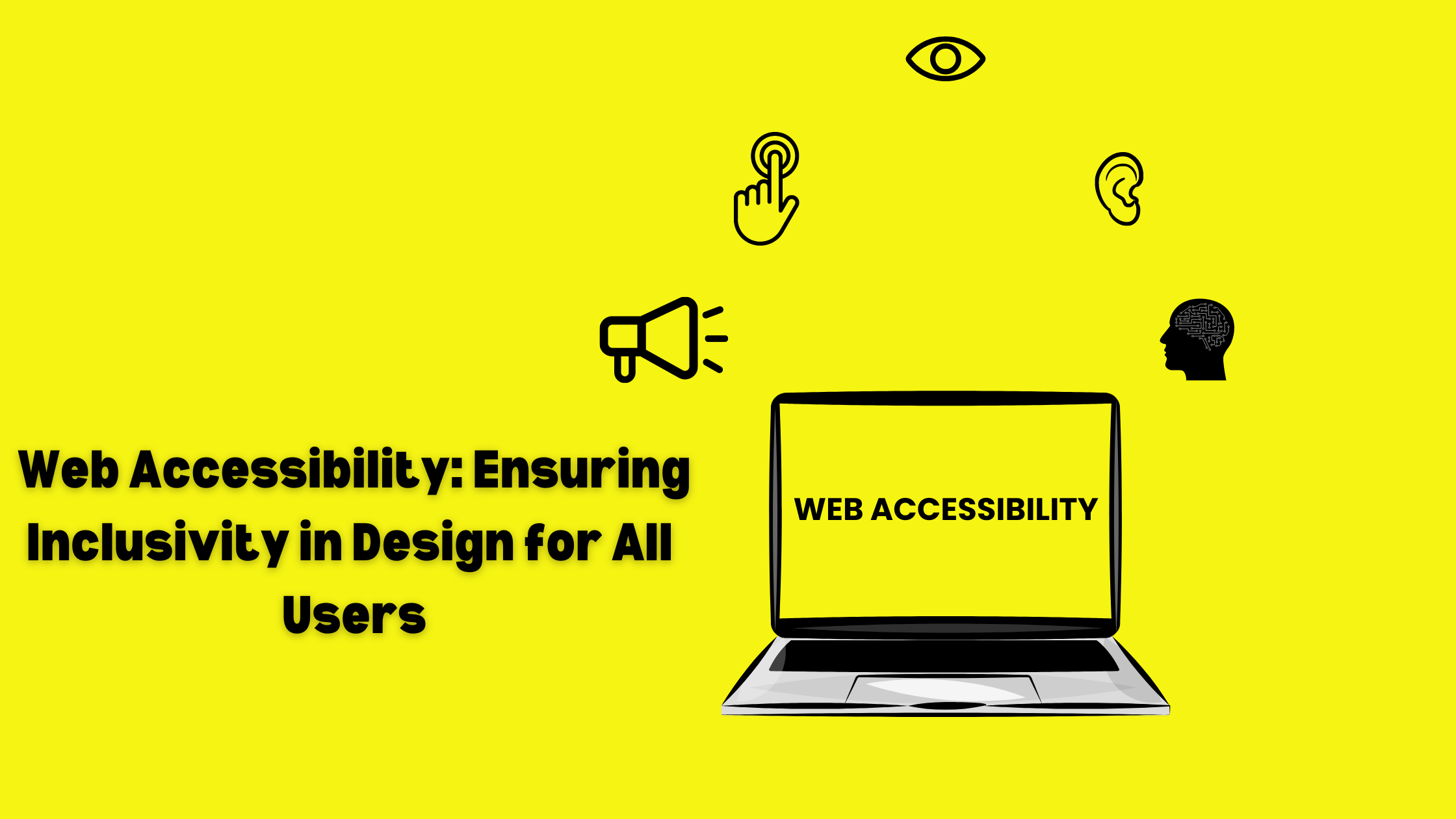
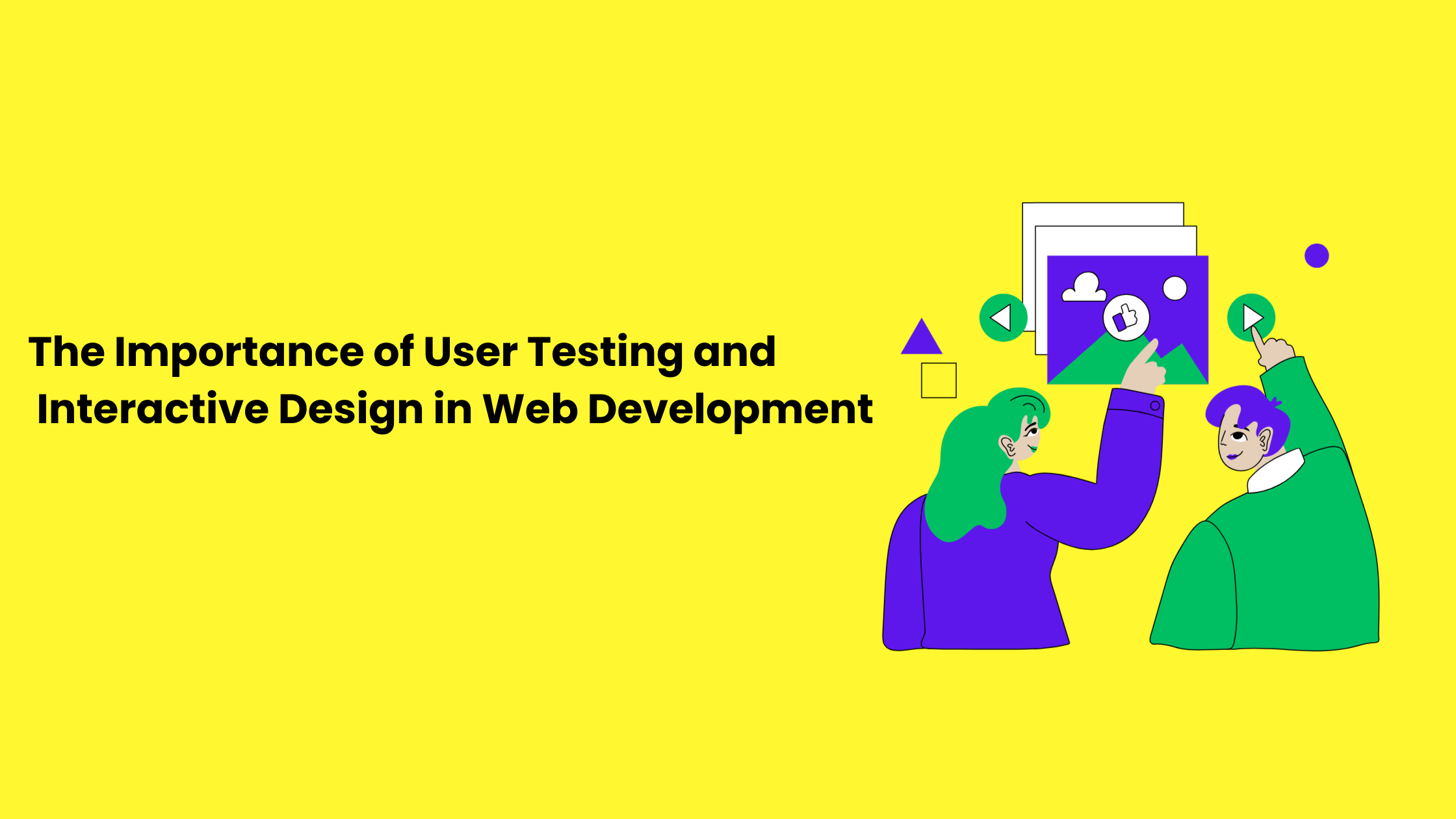
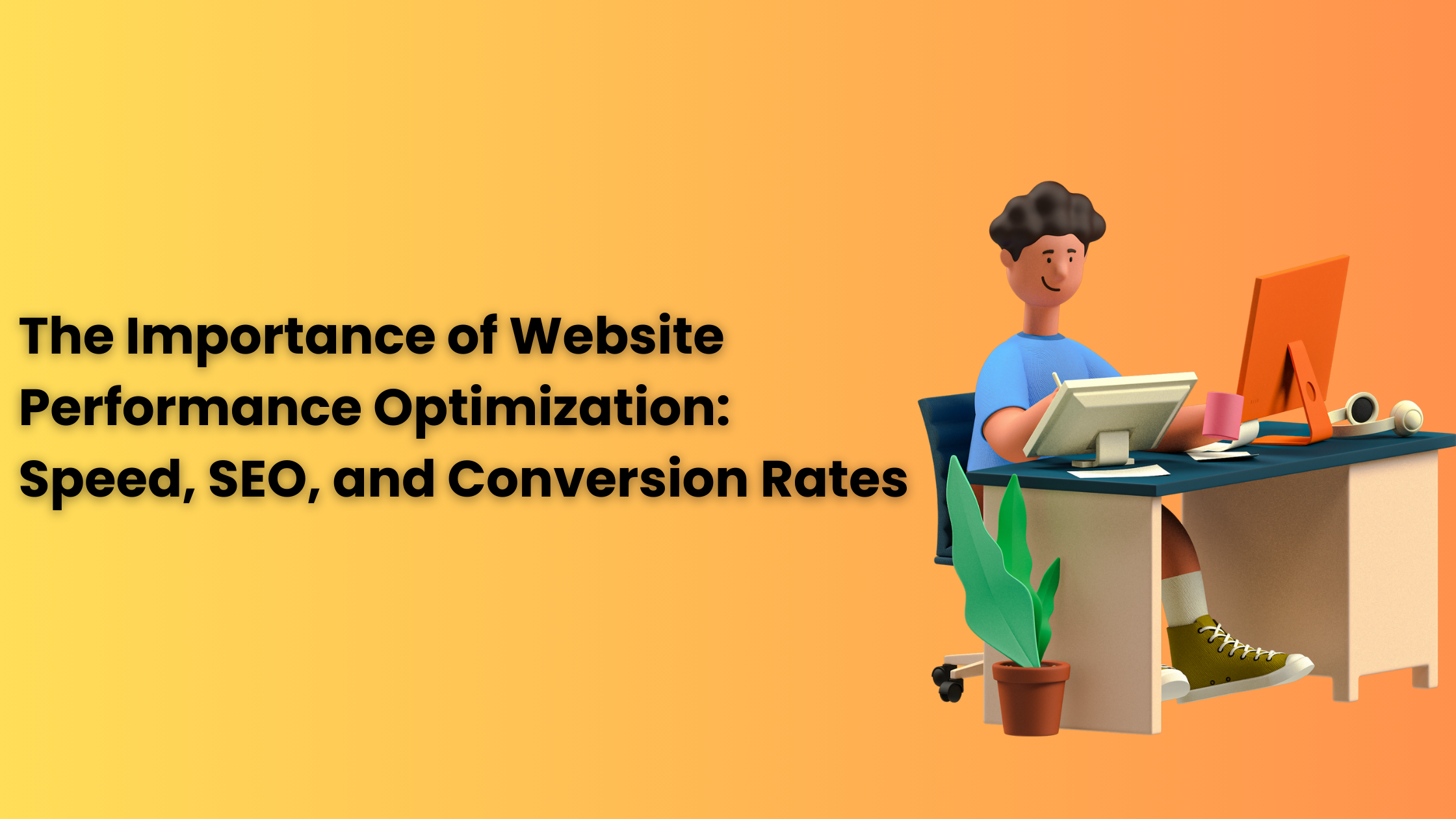



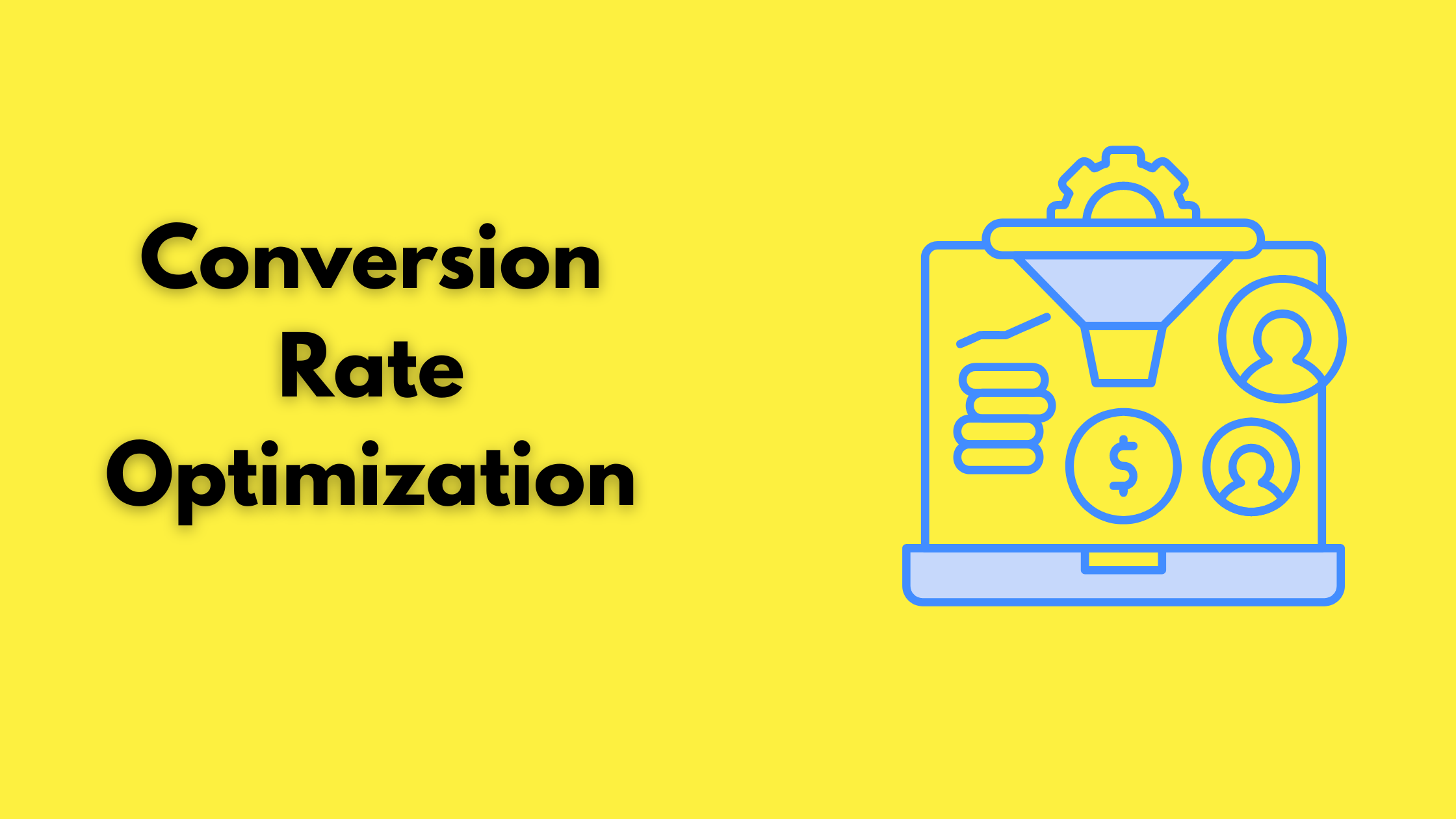
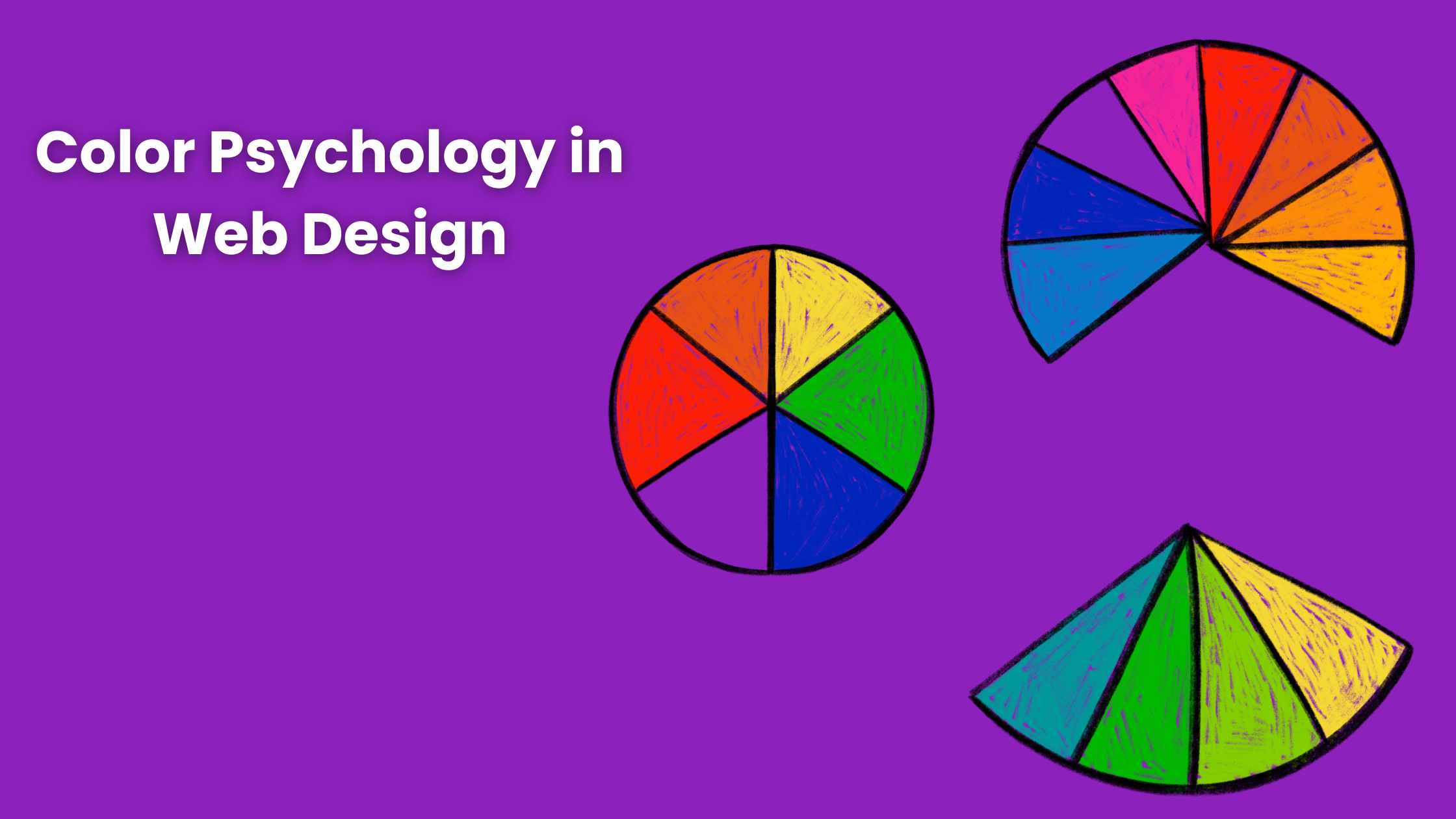
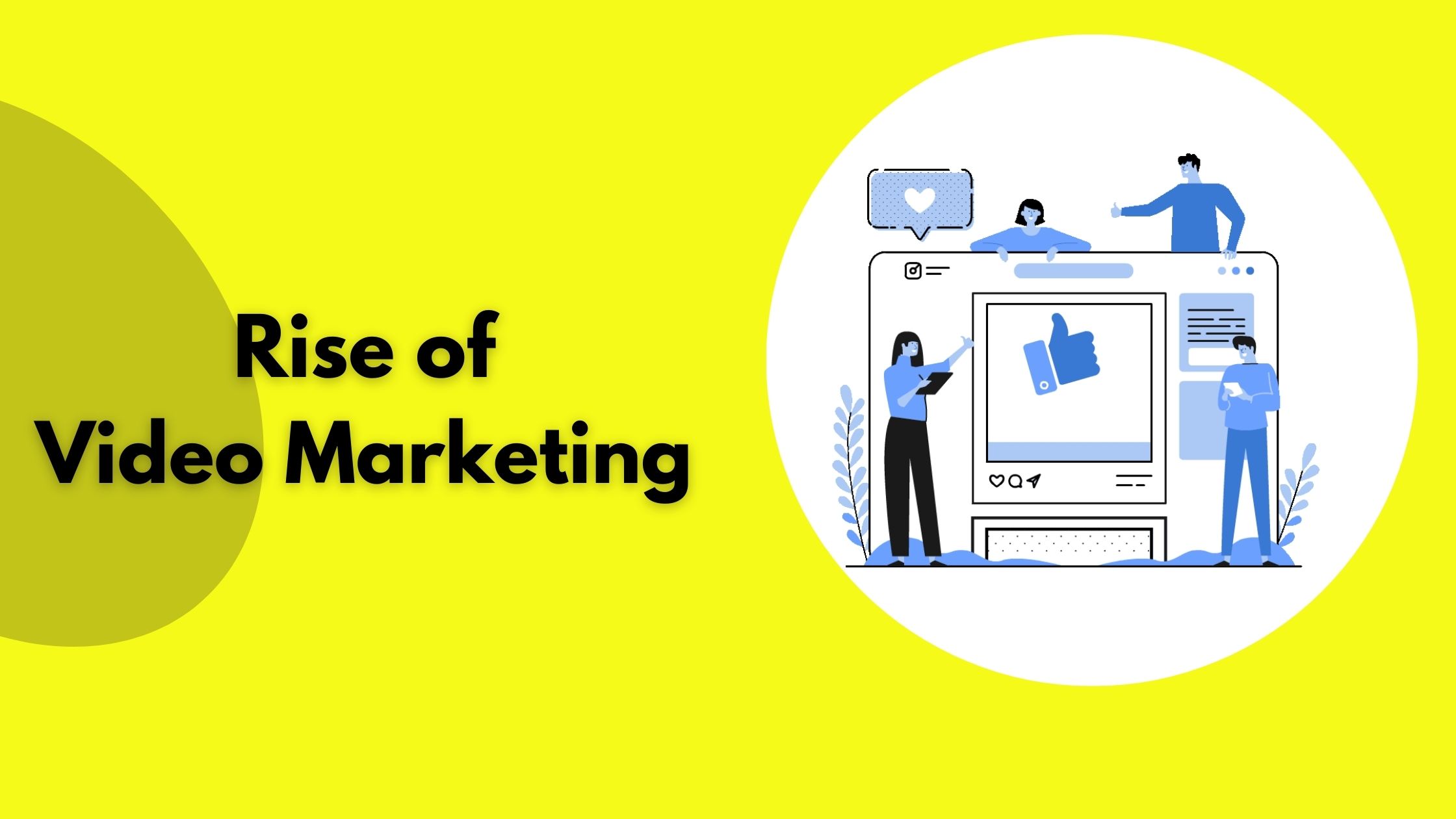


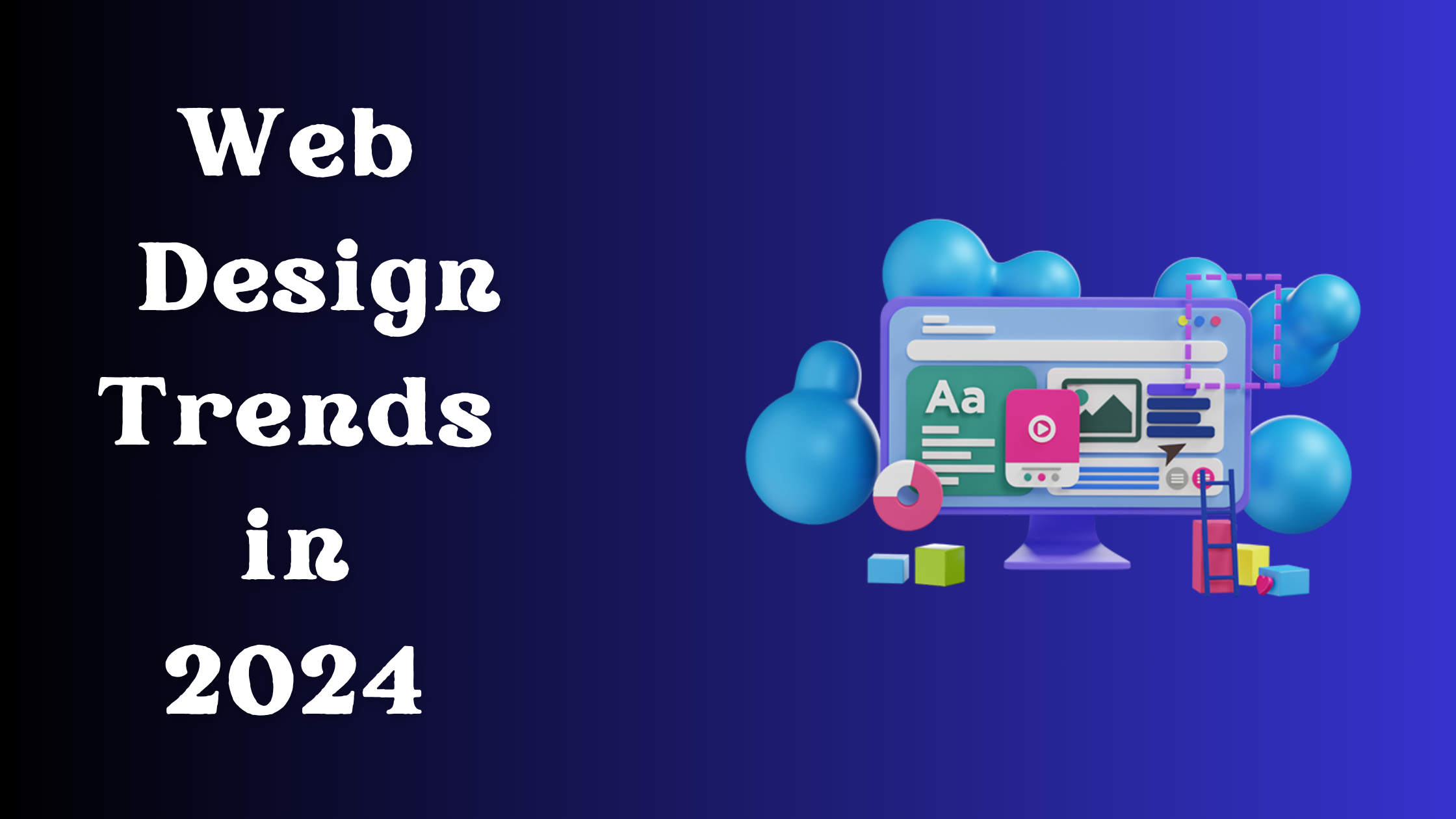

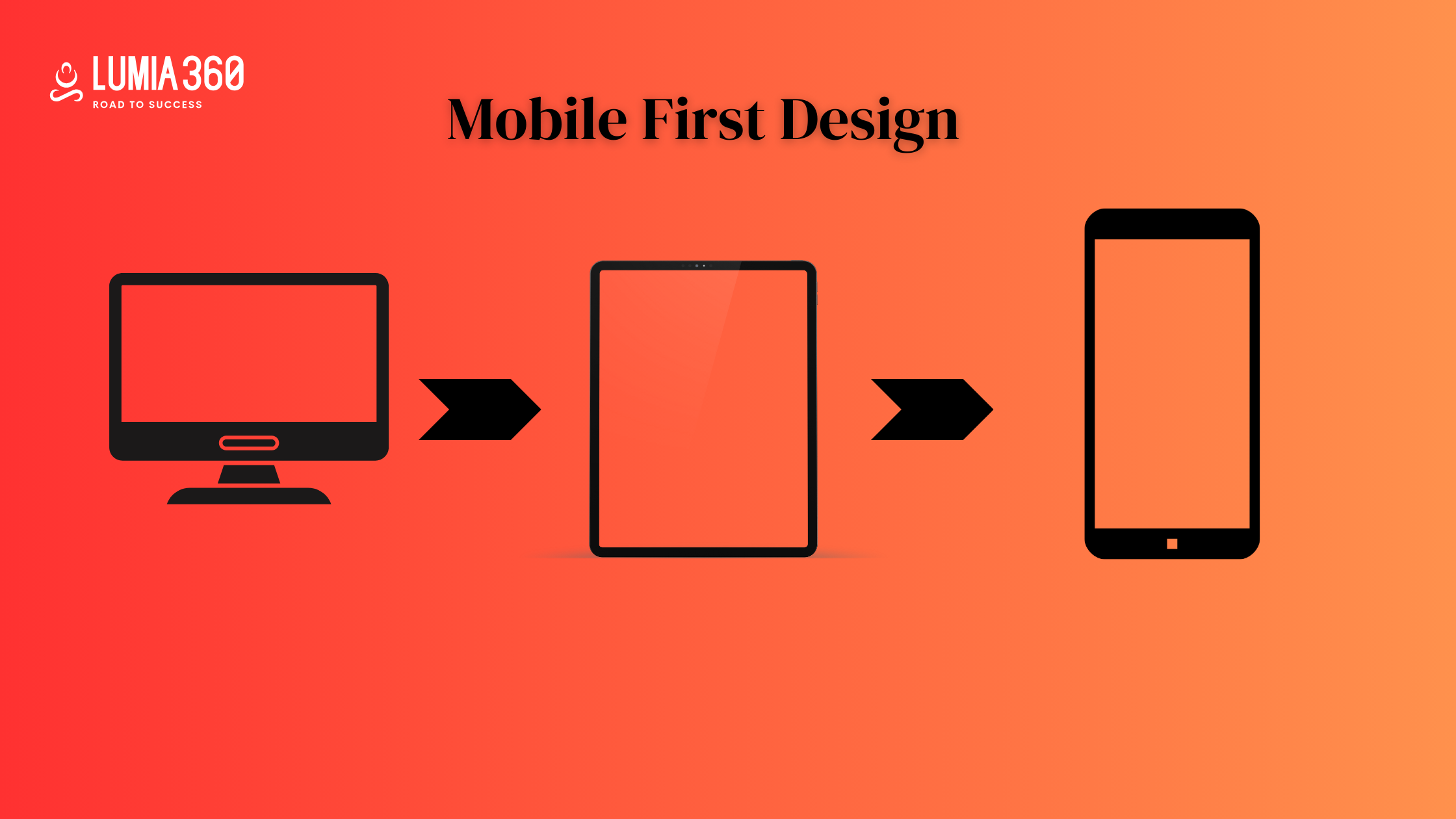
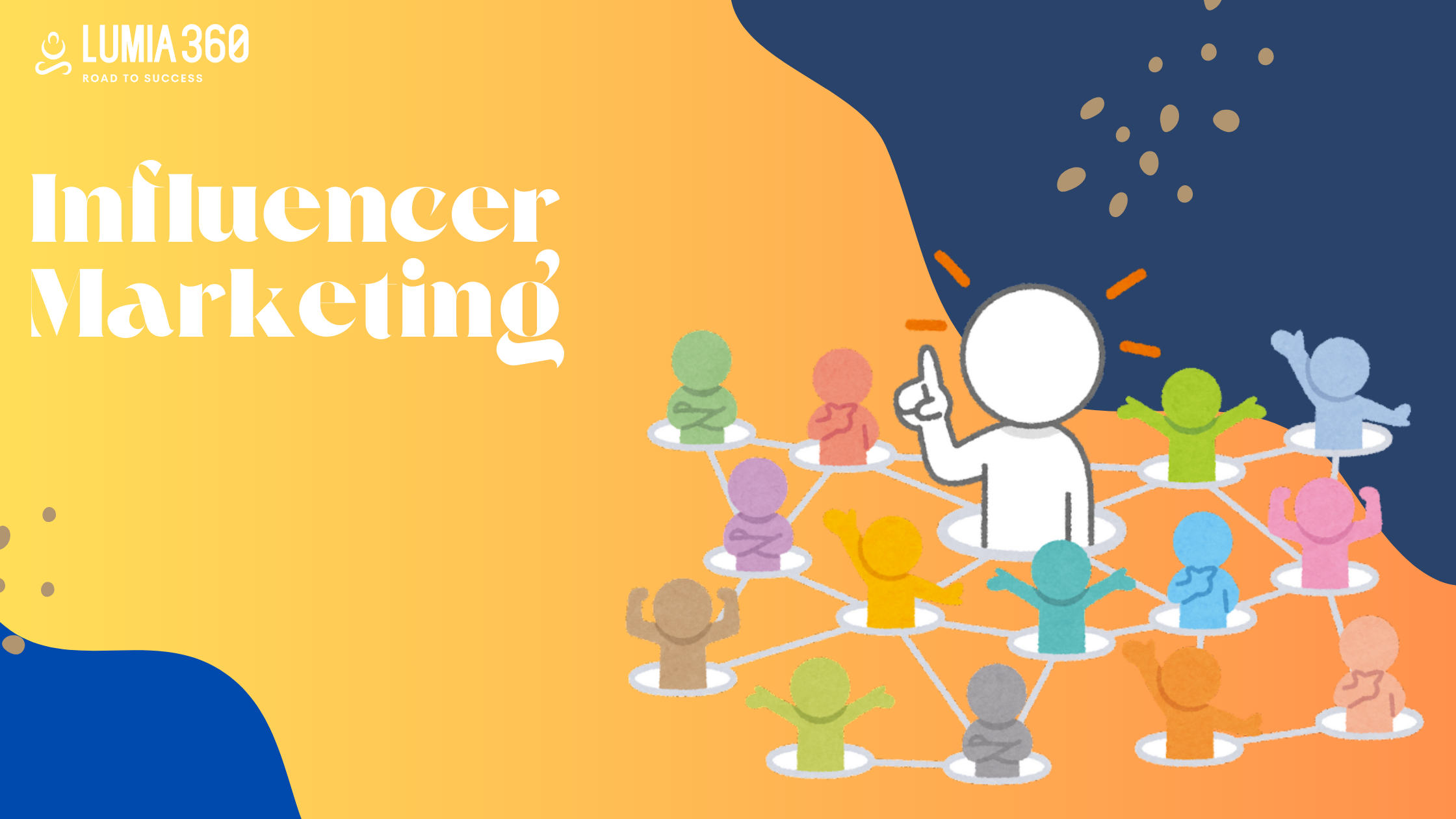
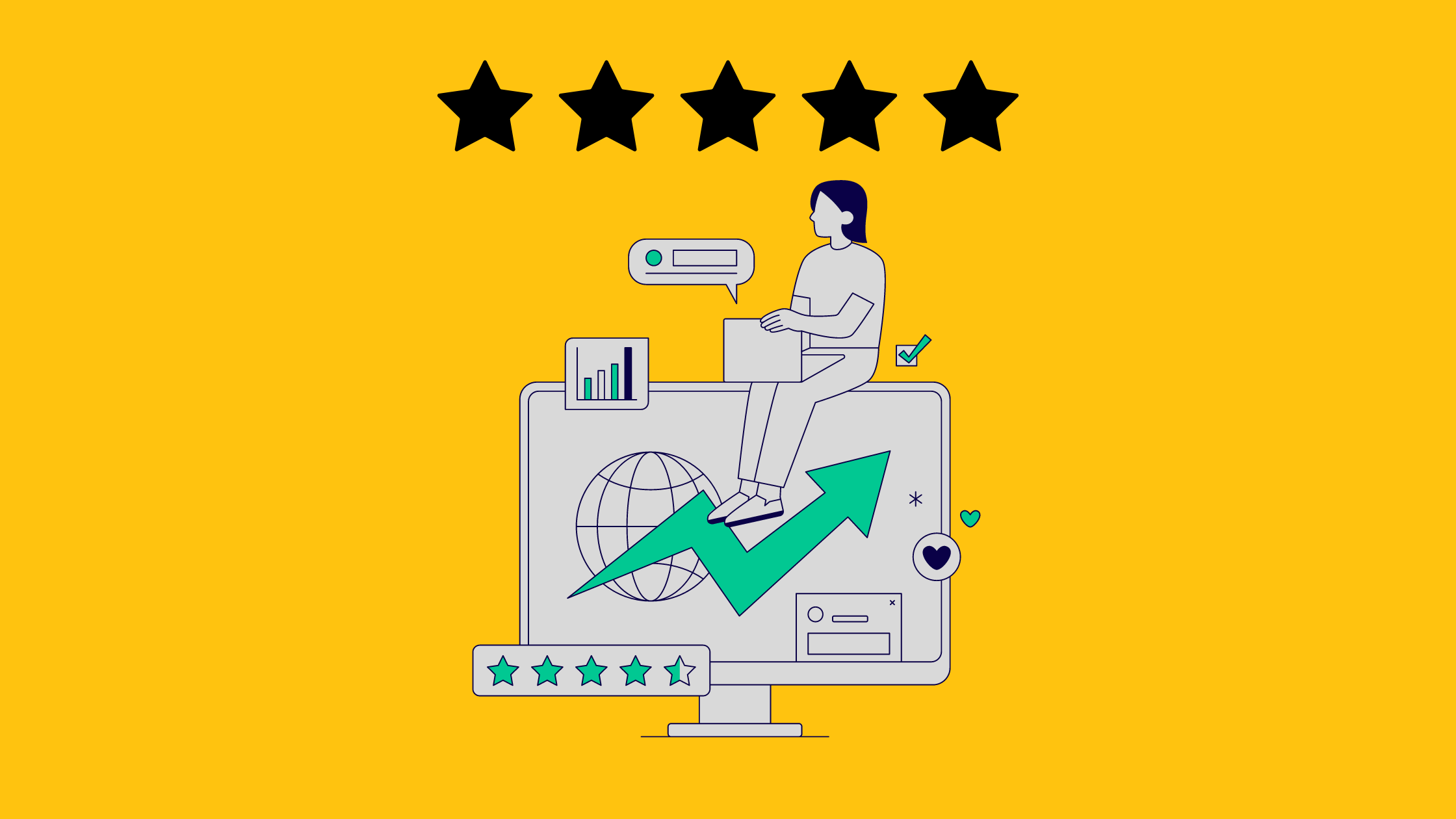

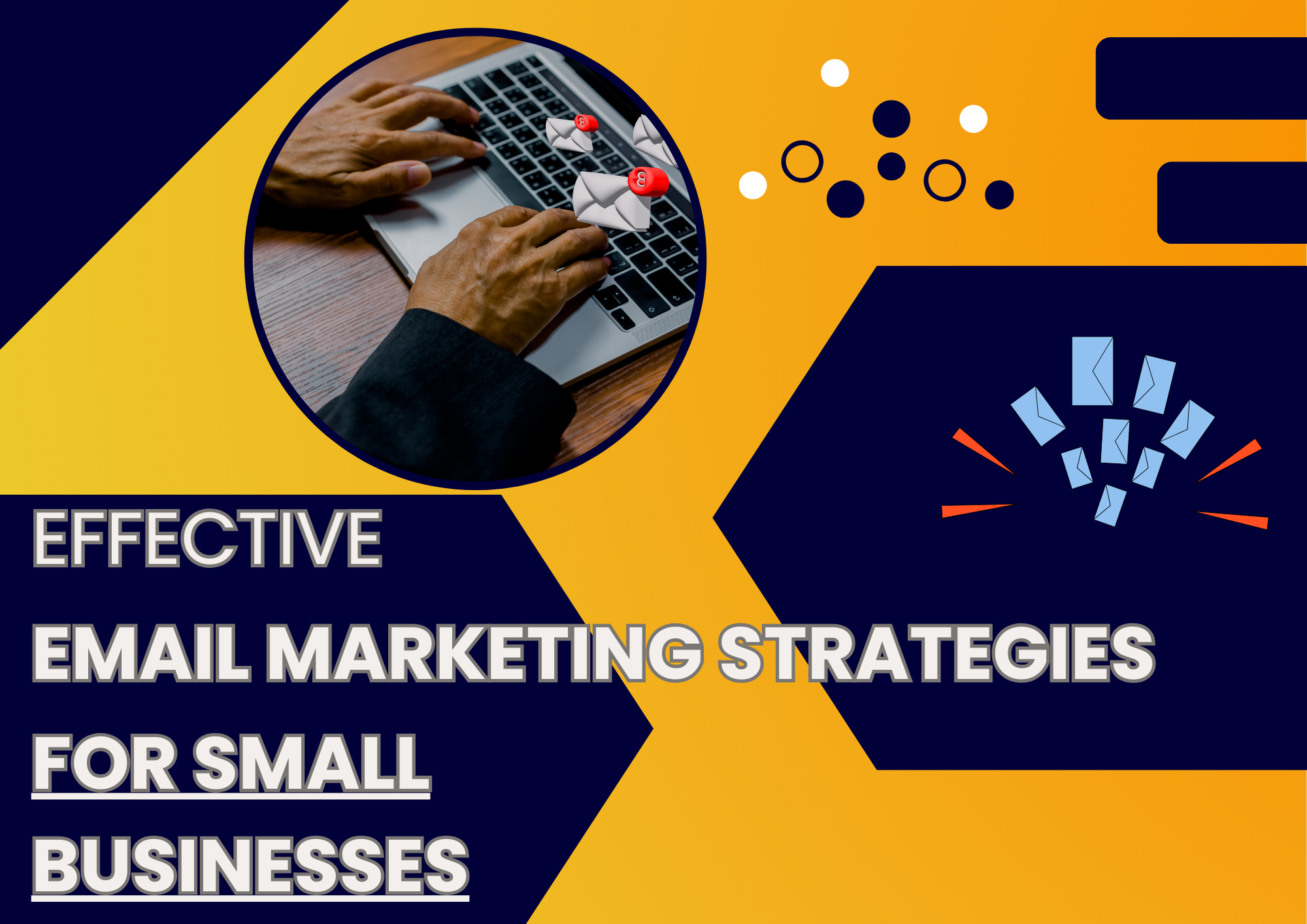
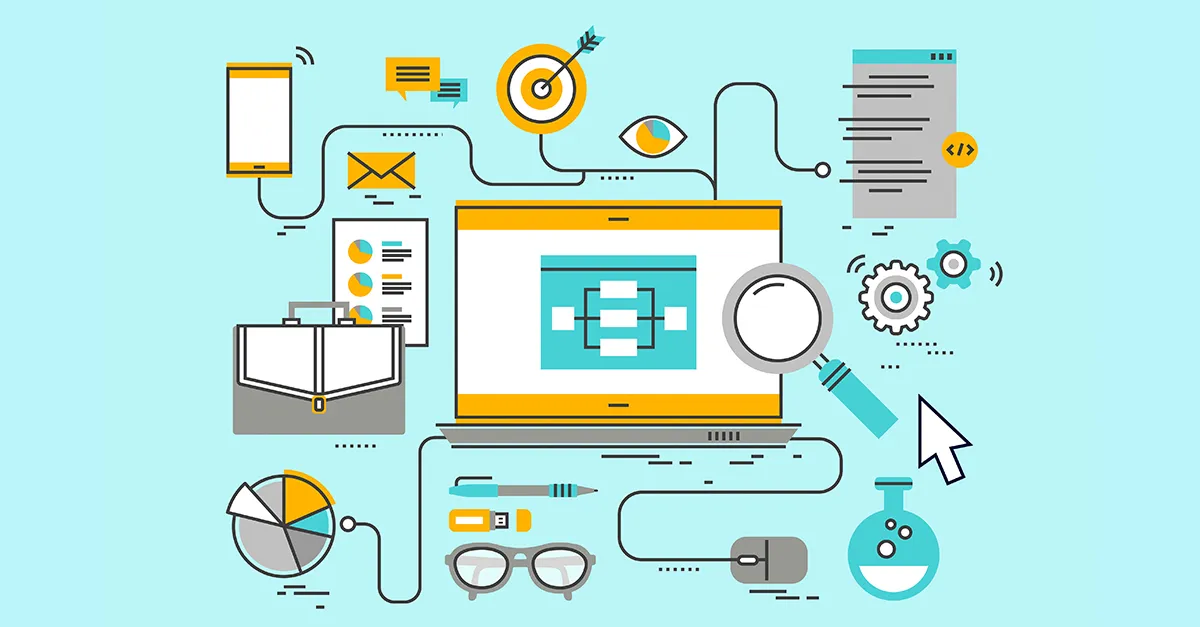
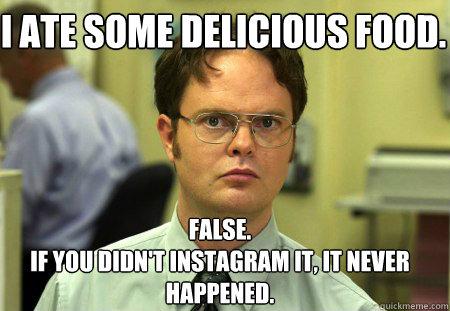
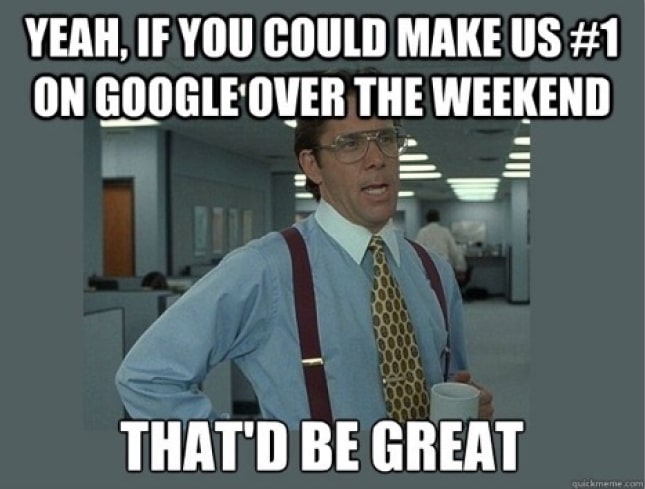
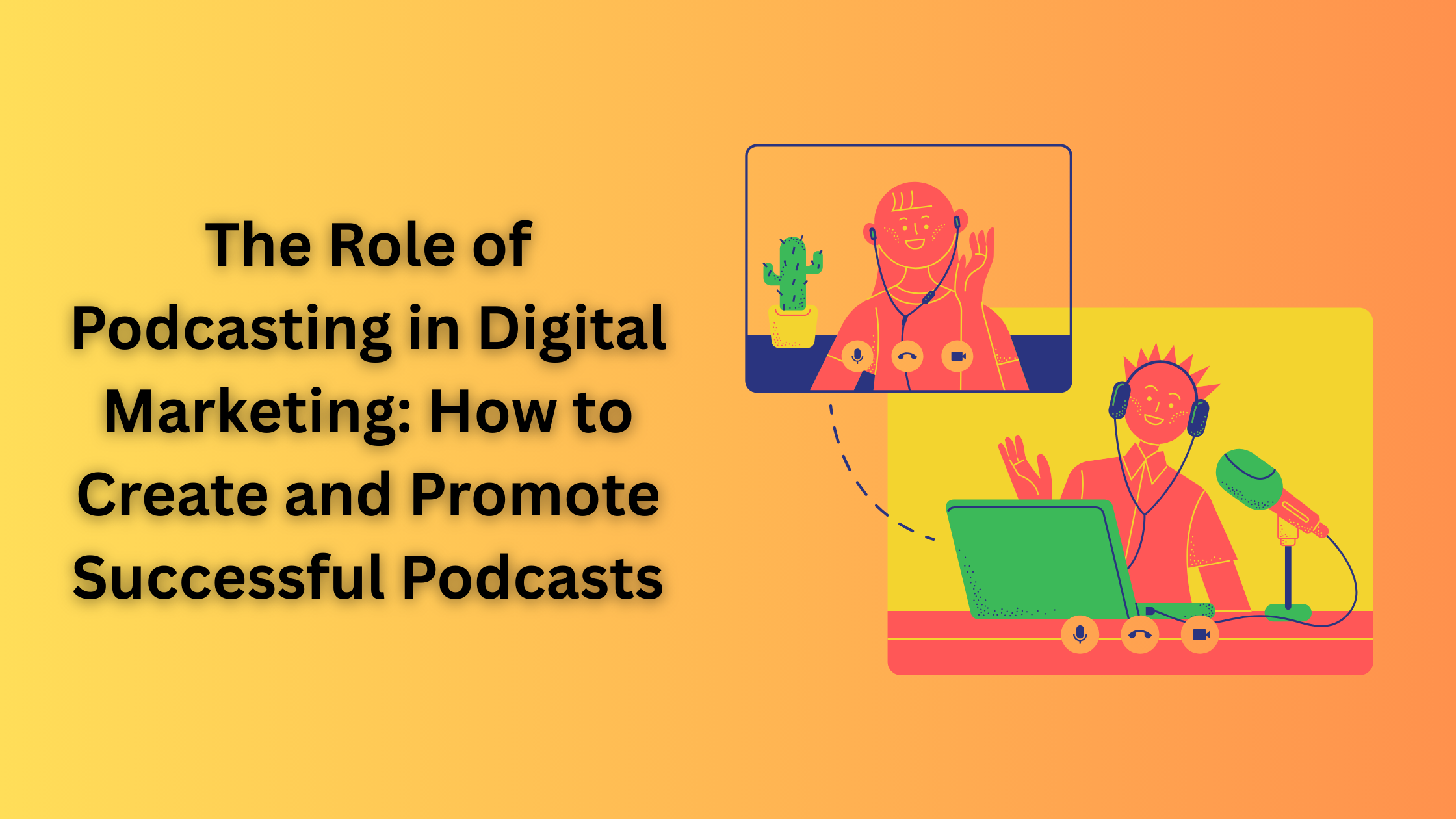
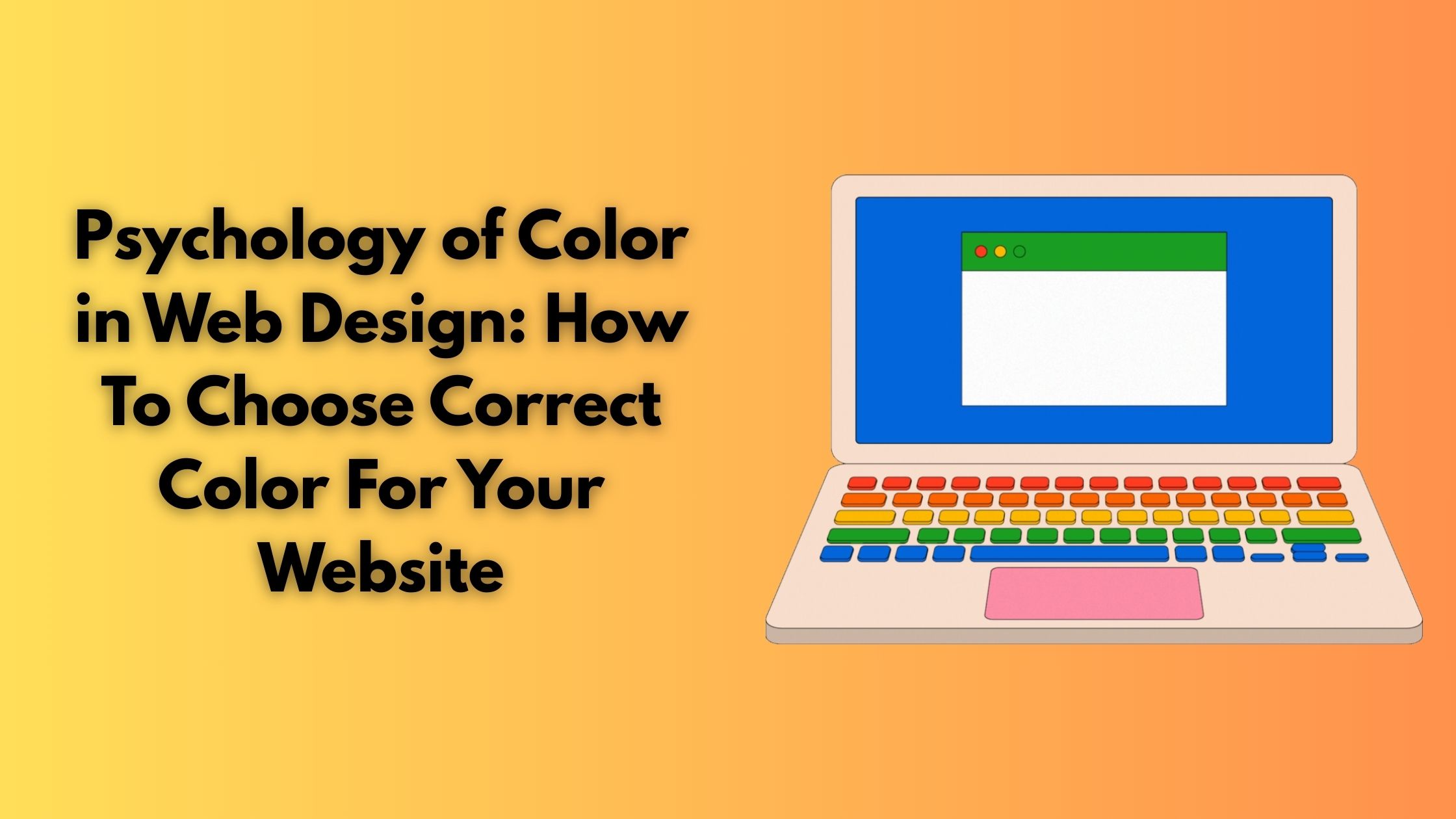

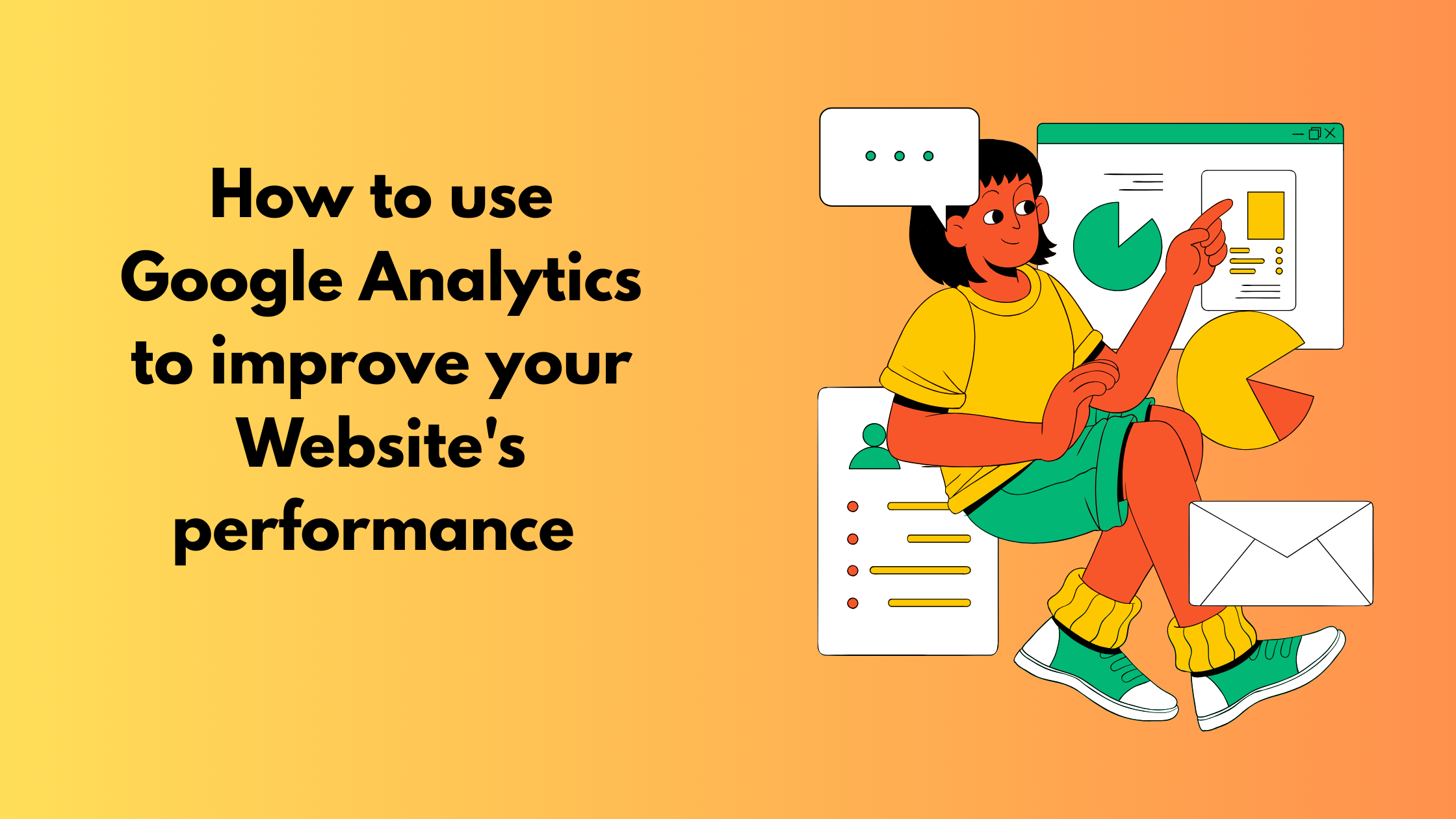

3 Comments
[…] Personalization: One general message will not suit anyone. You need to personalize your message to increase its engagement. Use the user data for creating a personalized message. […]
[…] on your website can impact your website’s conversion rate. Many marketers use lead magnets, email marketing, etc, to attract customers and increase conversion rate. While doing so many marketers overlook the […]
[…] Read Also: Personalization In Email Marketing: Strategies For Successful Emails […]